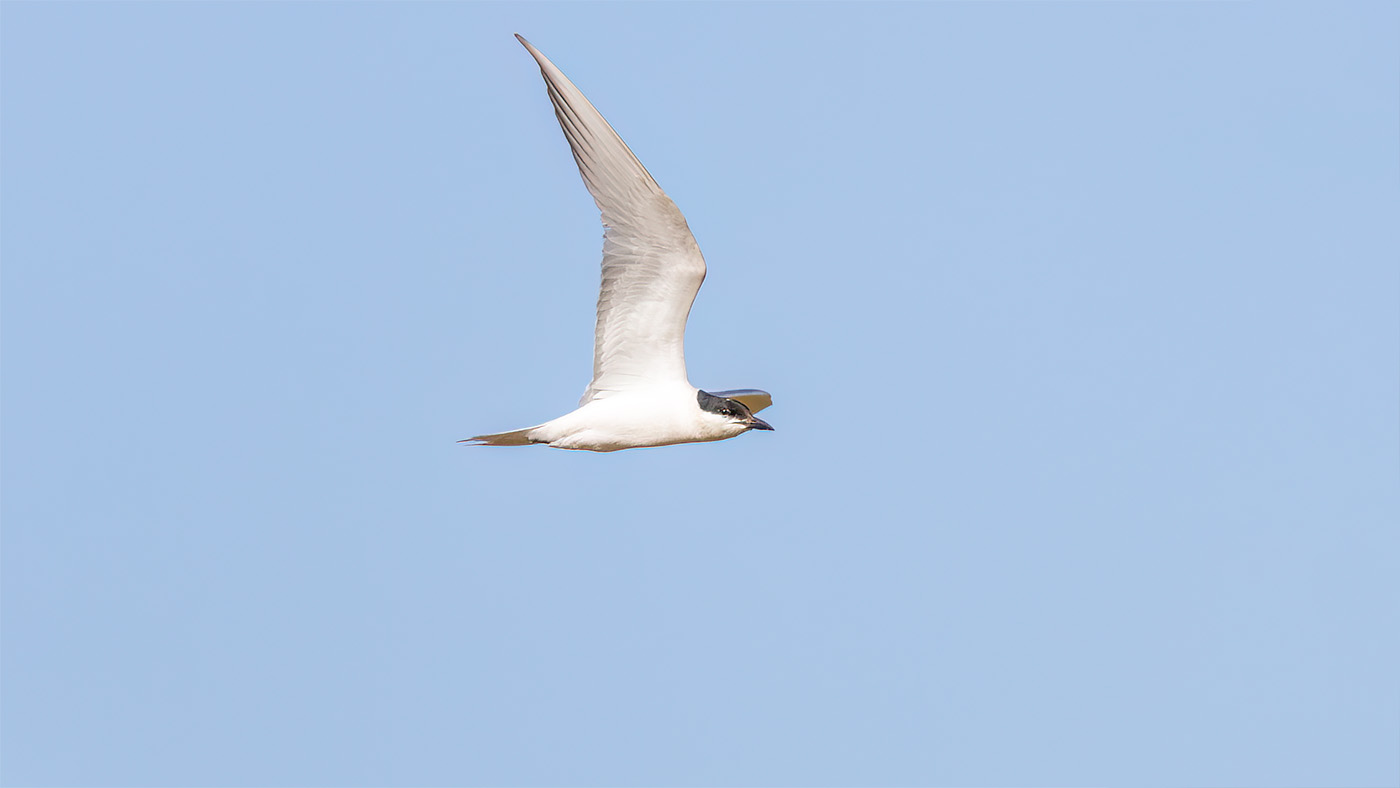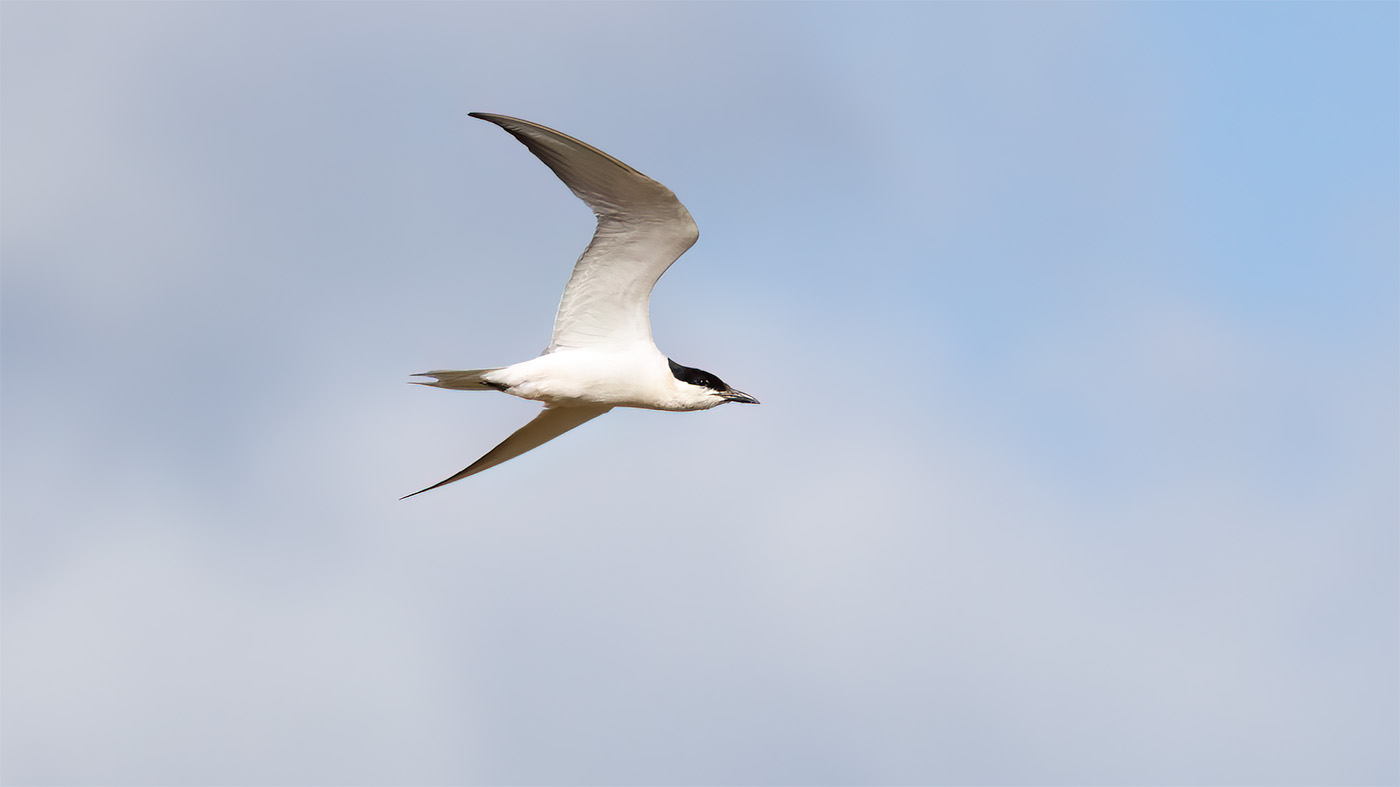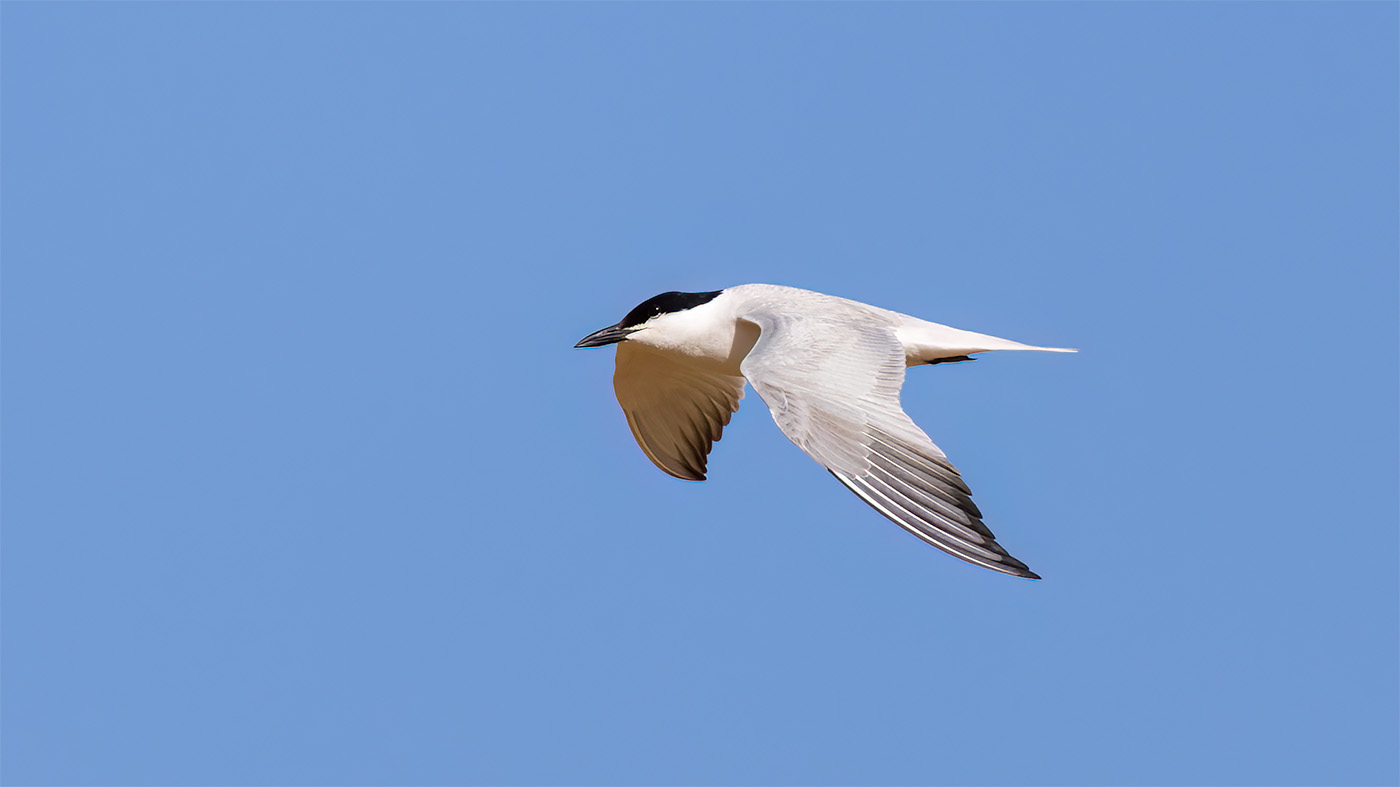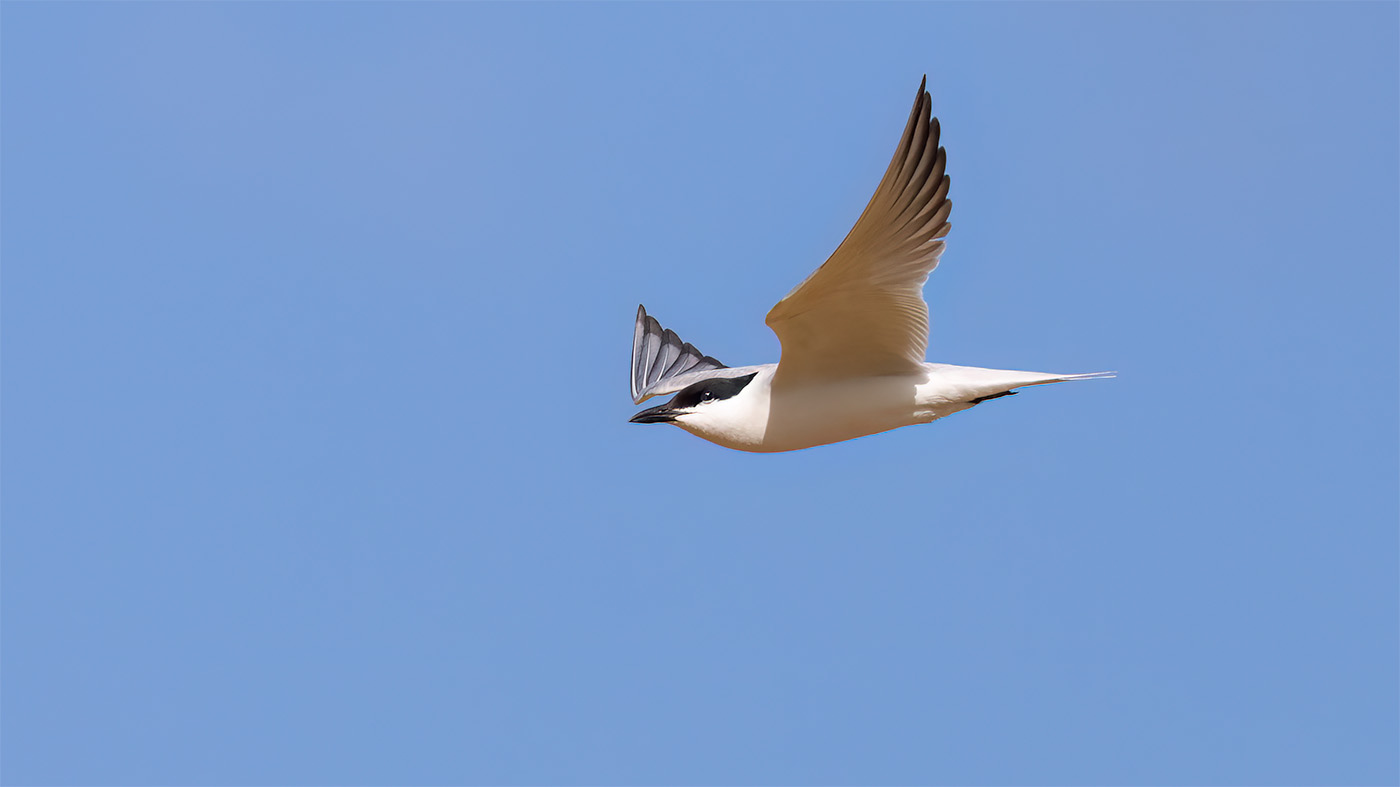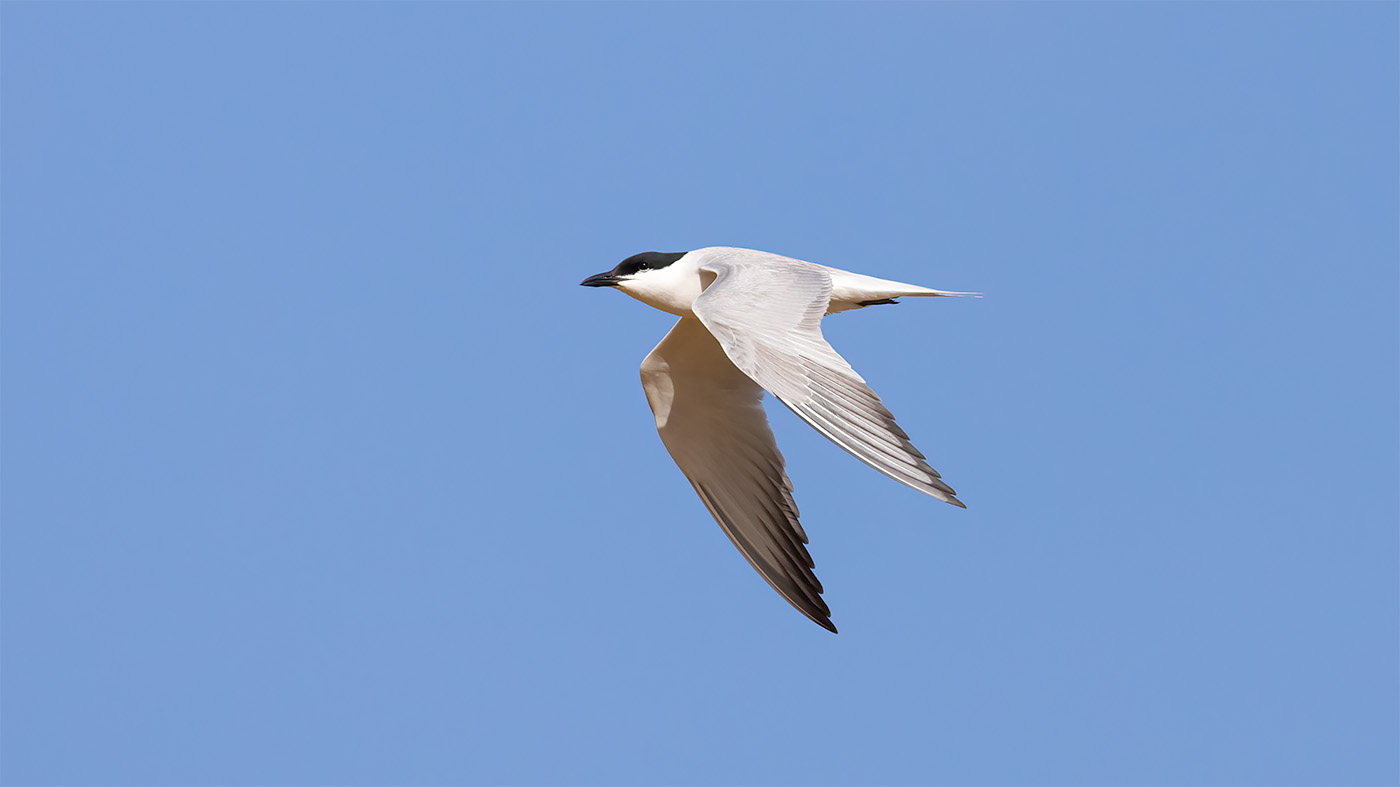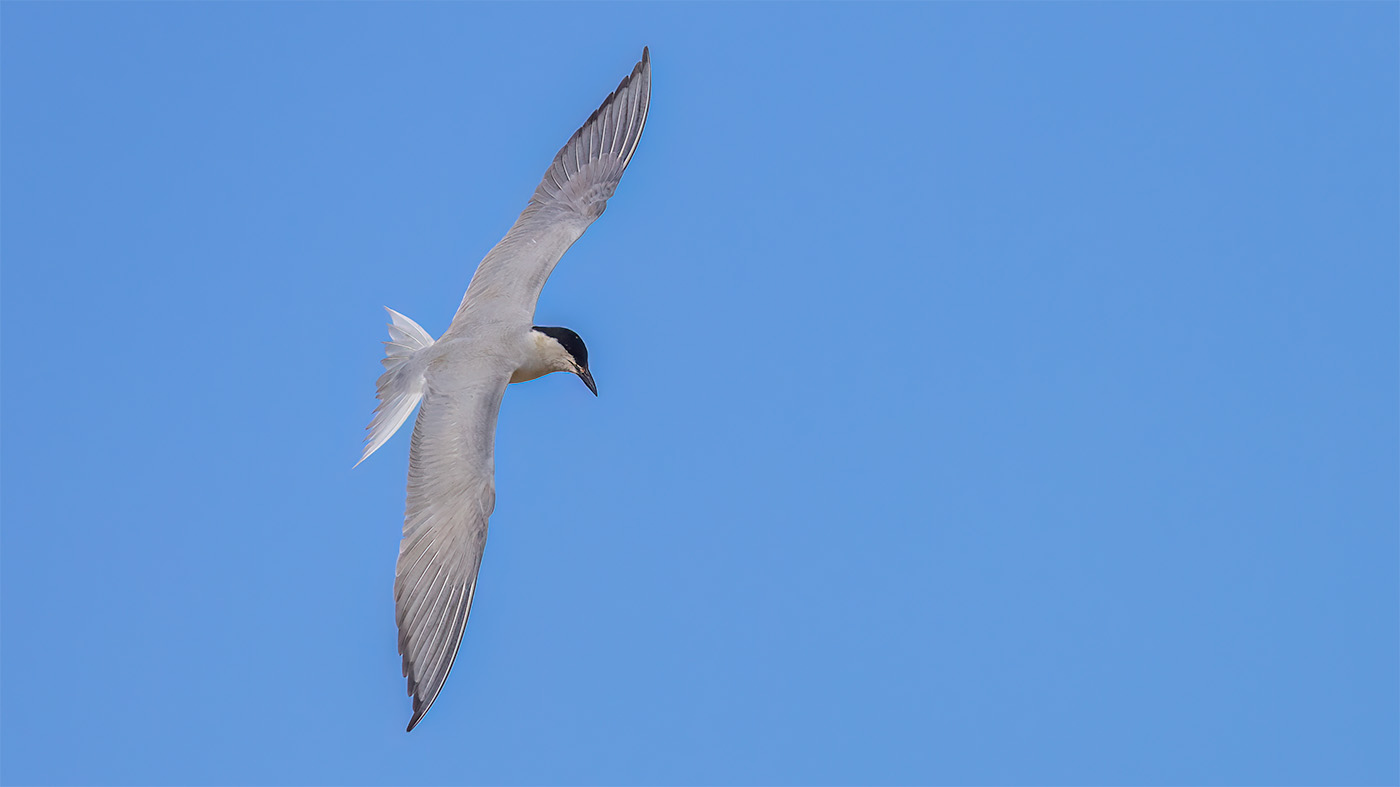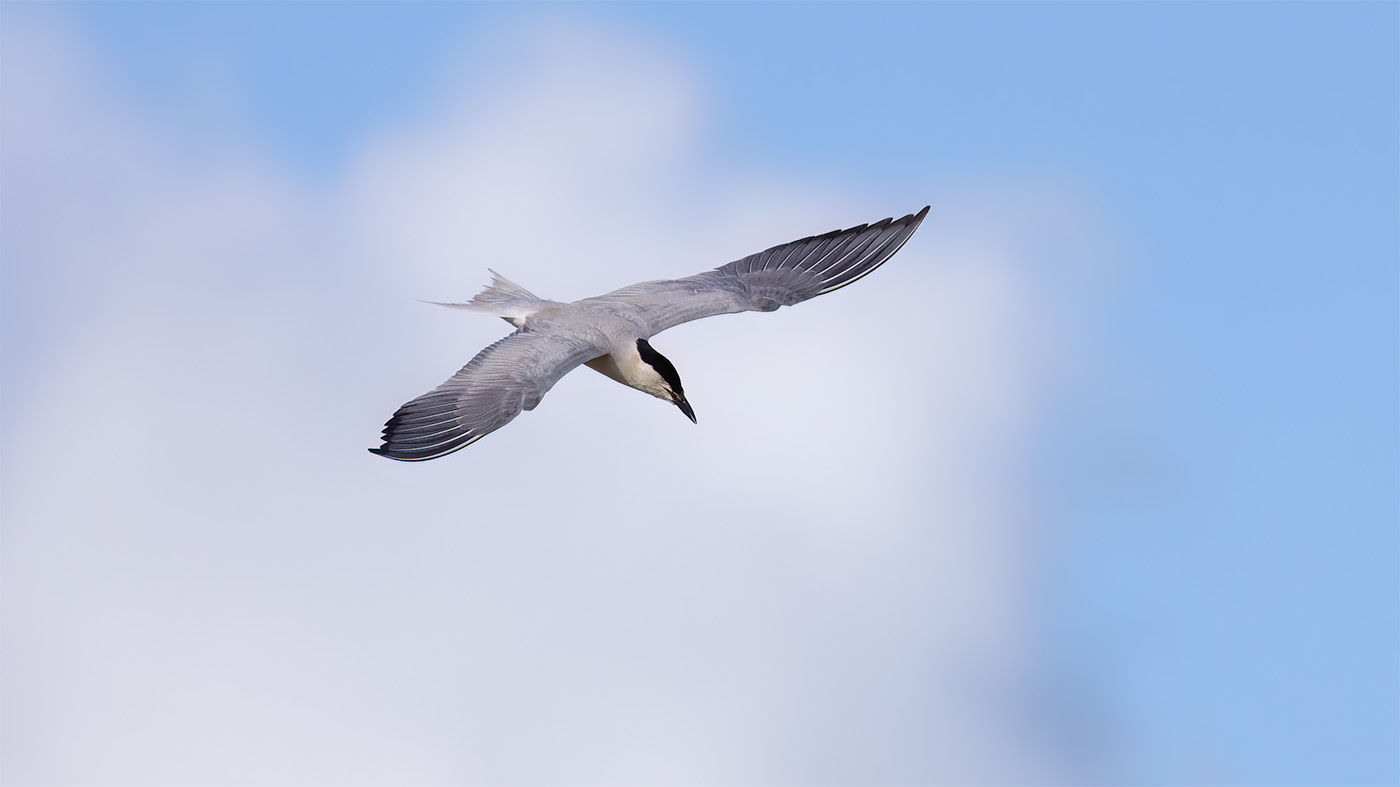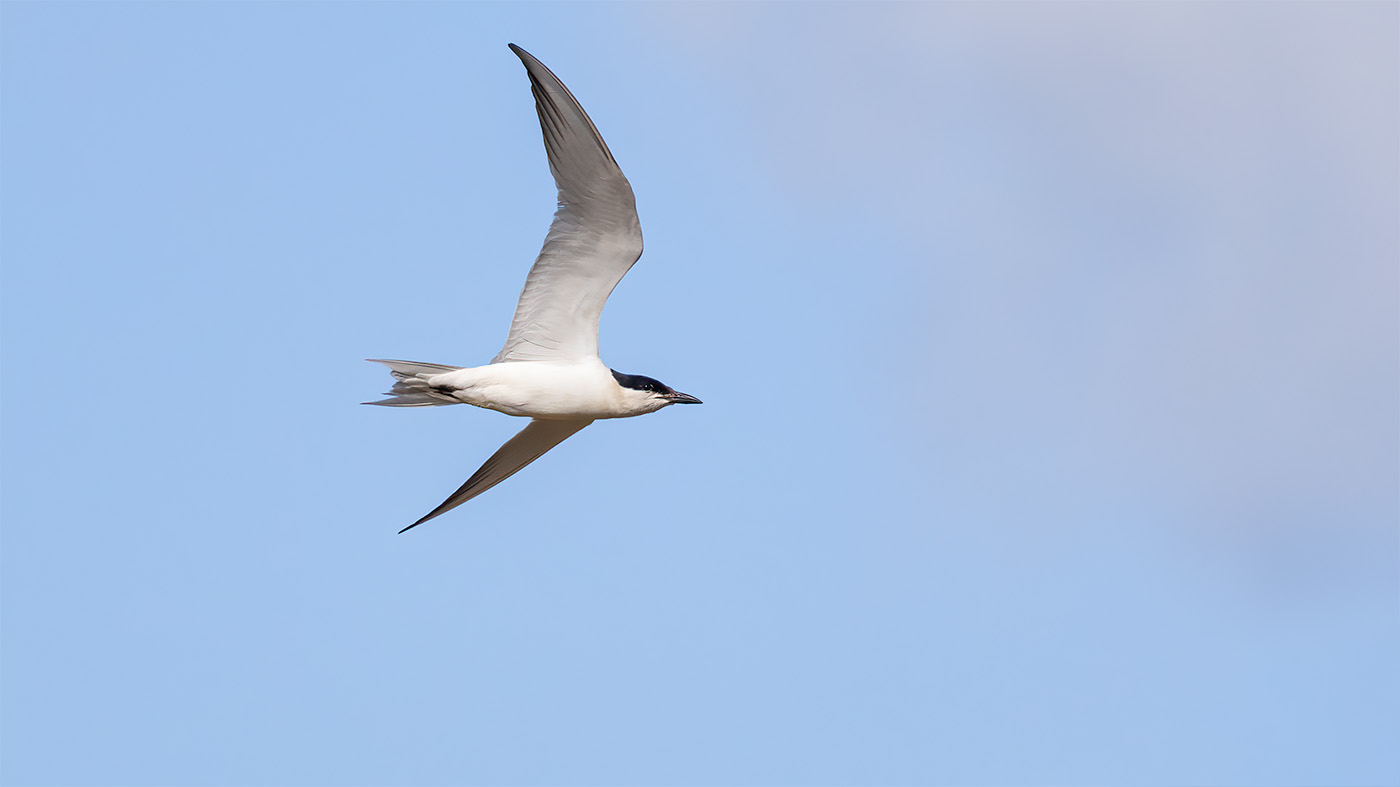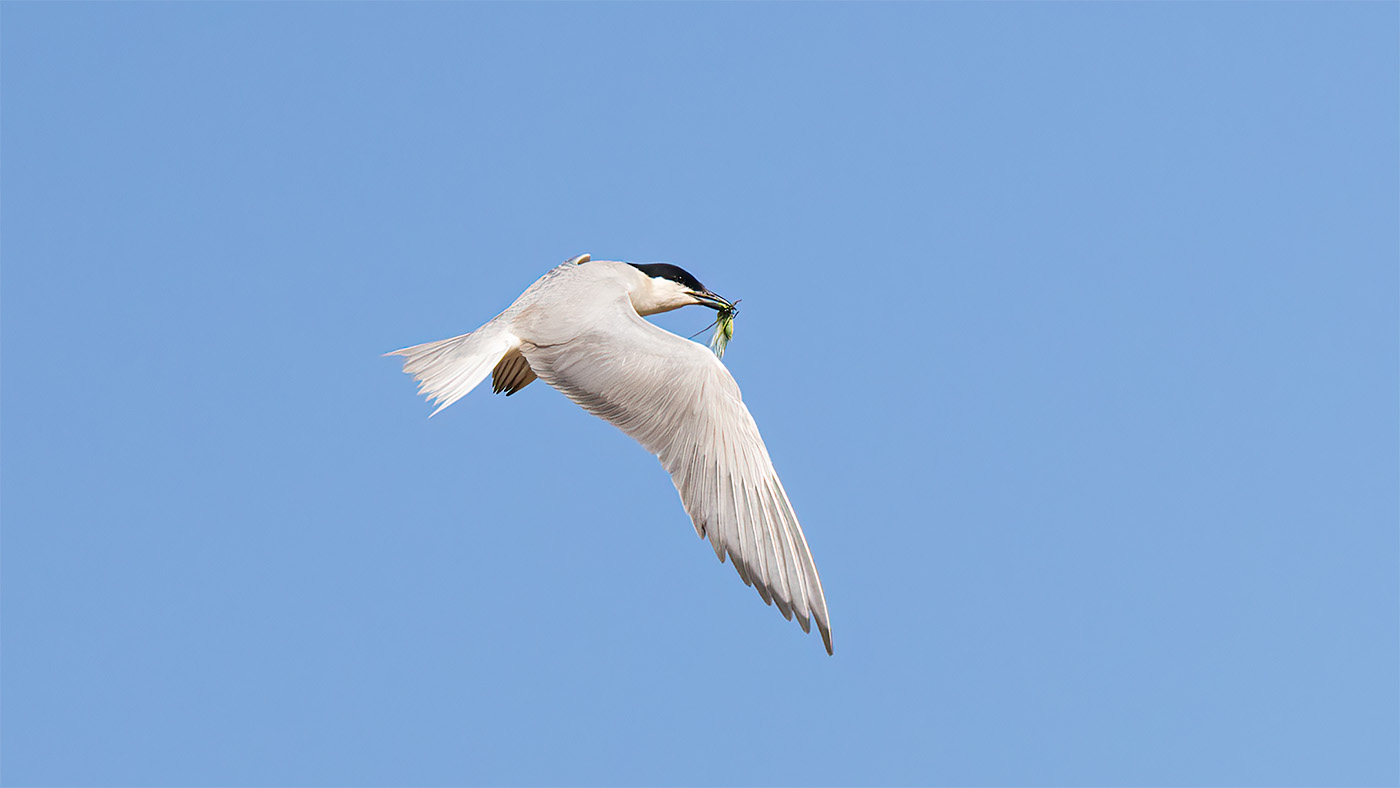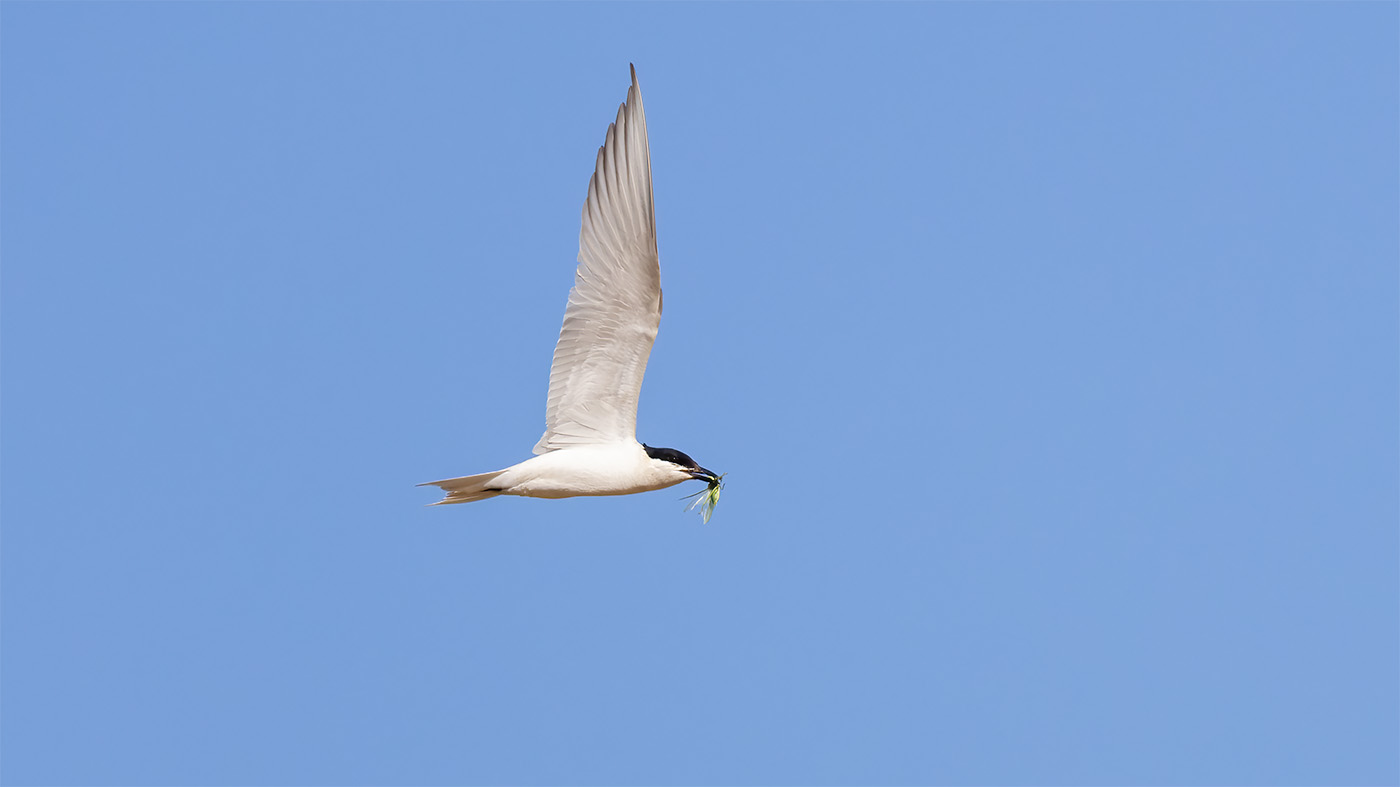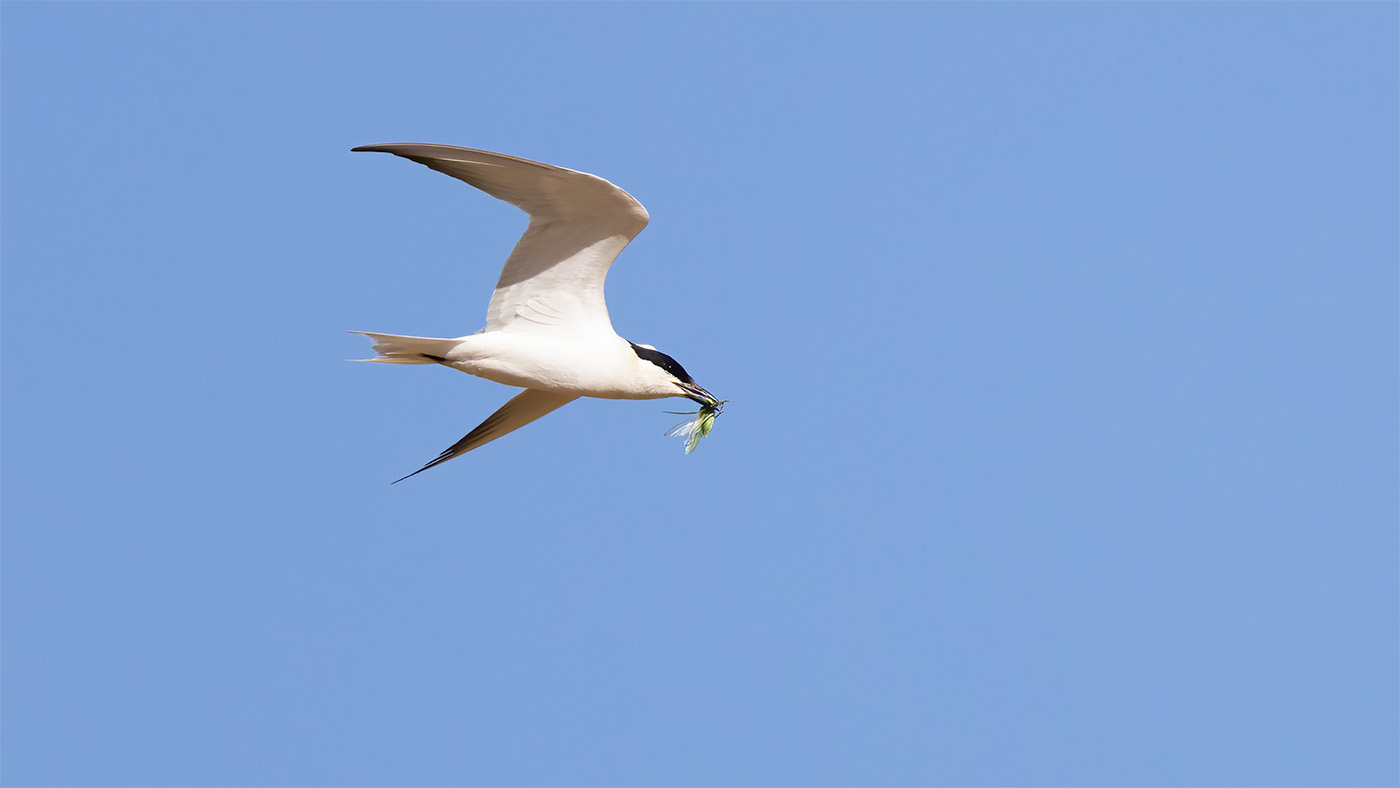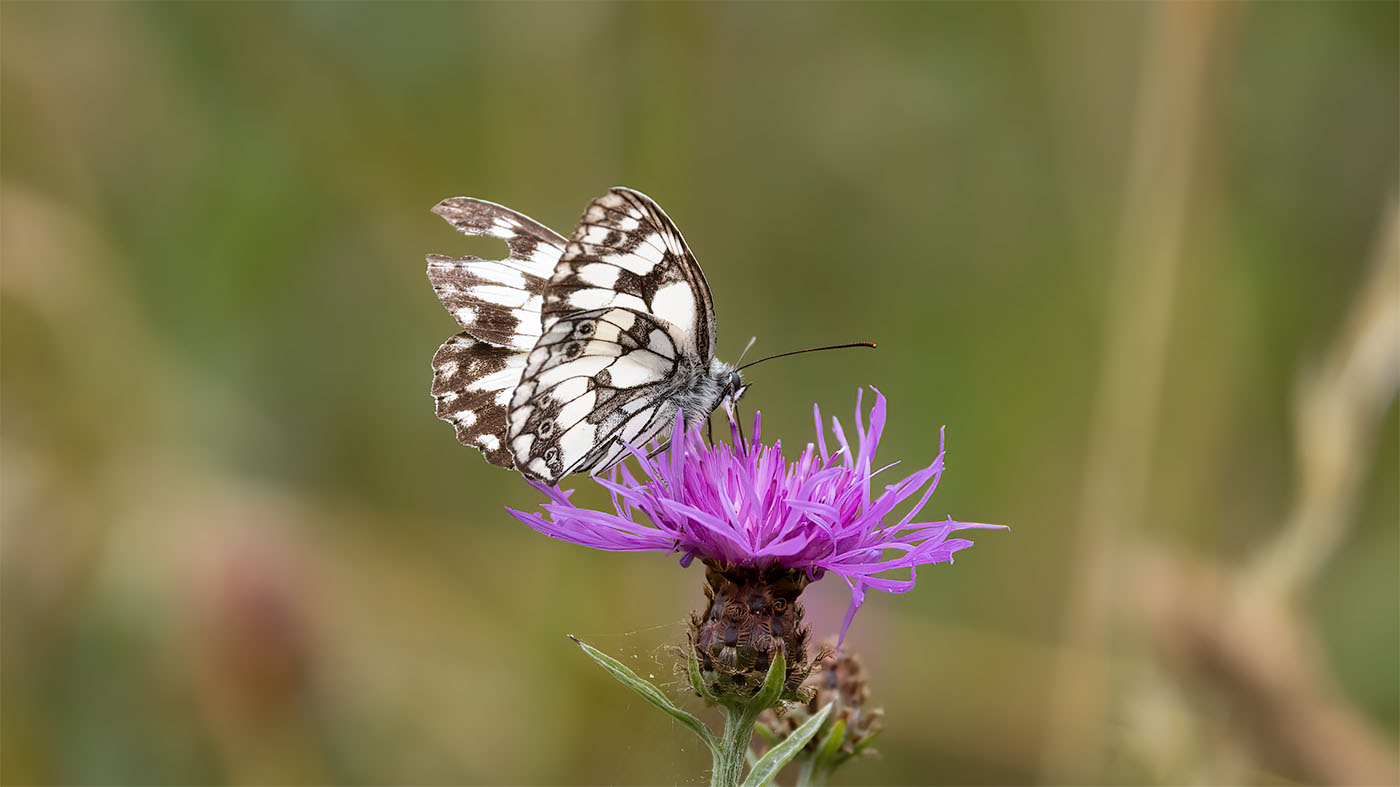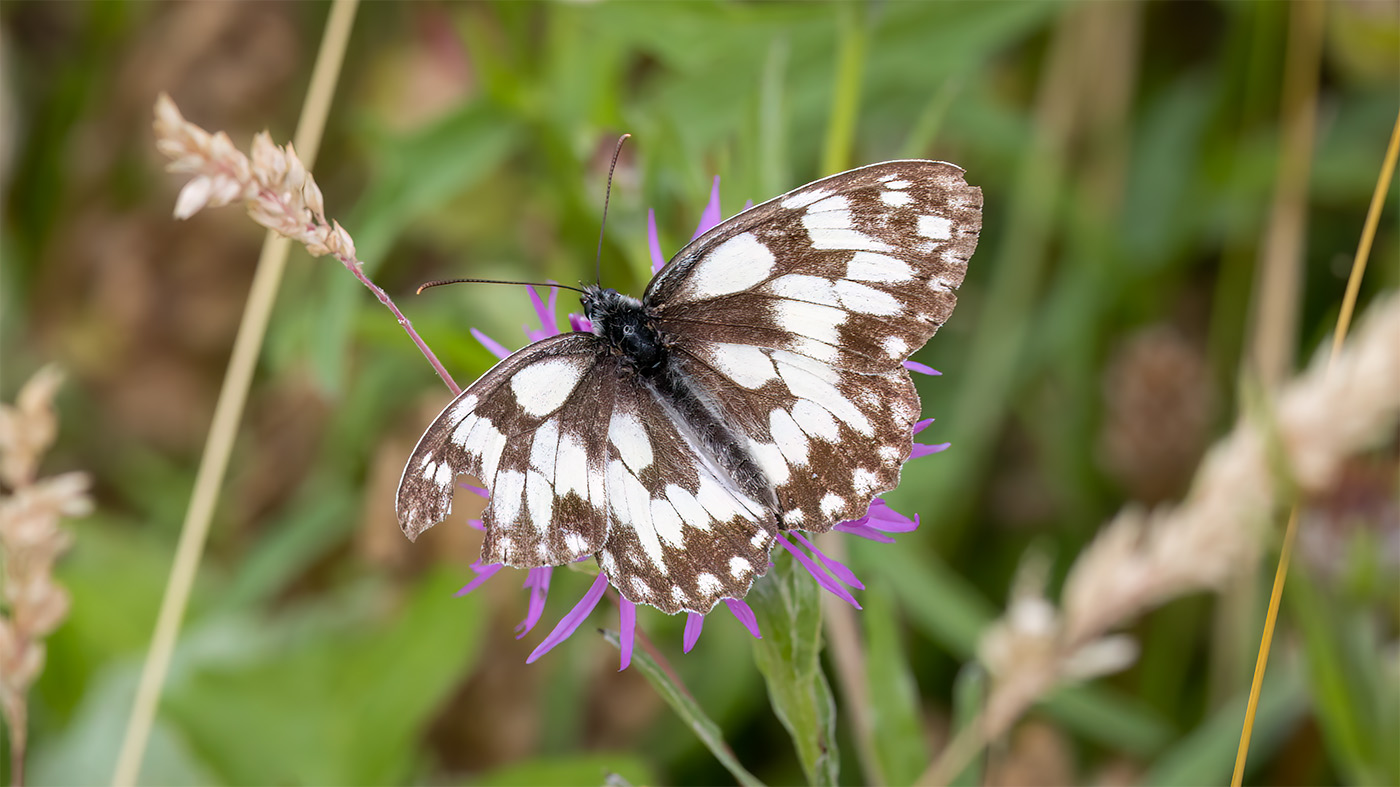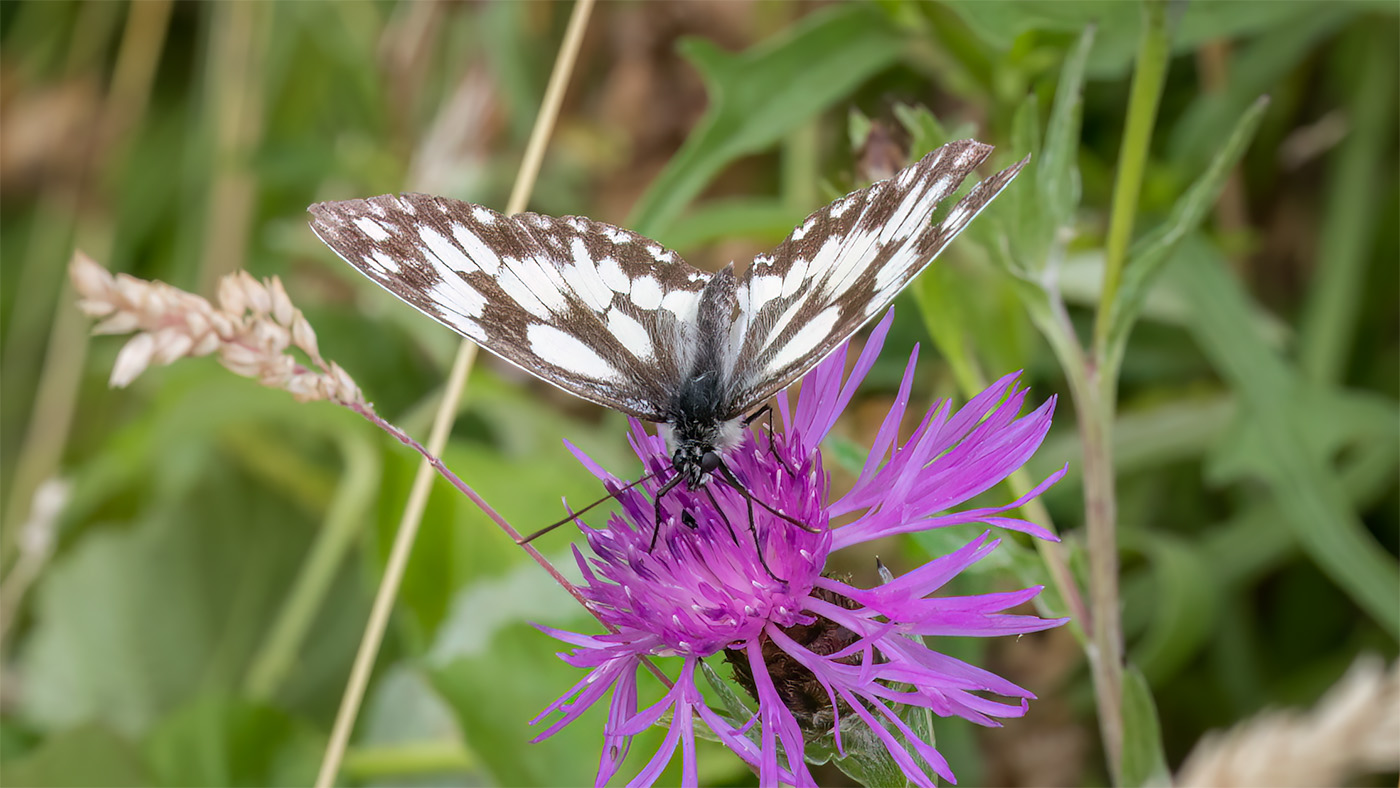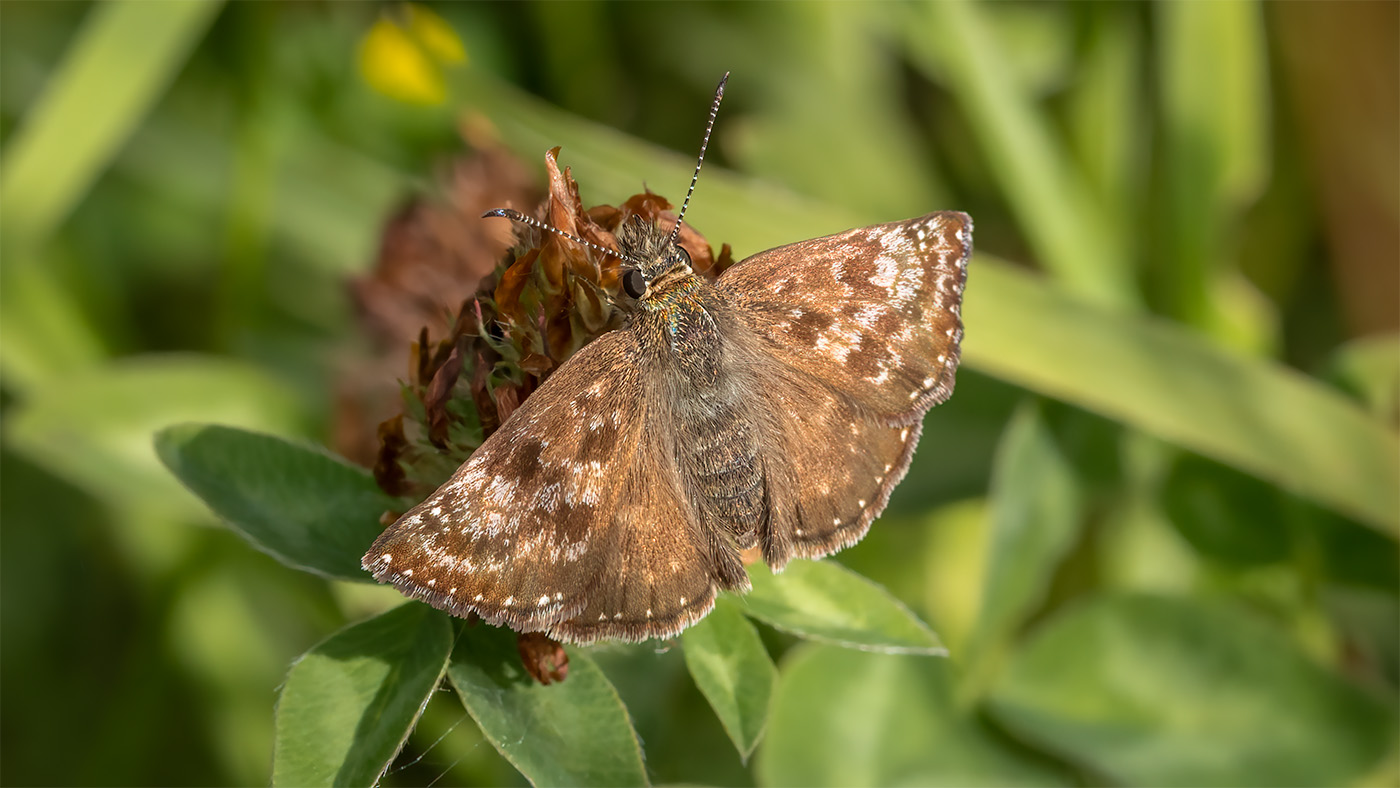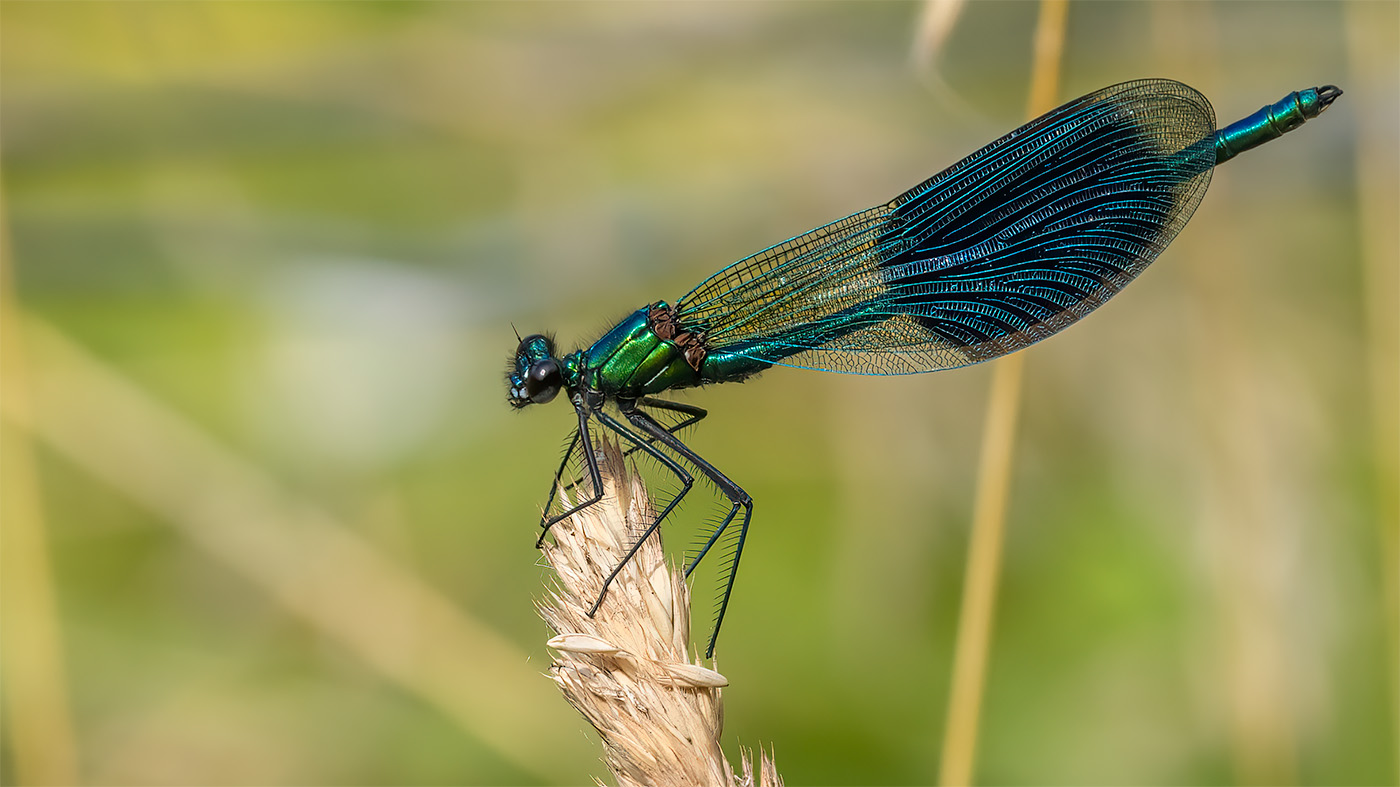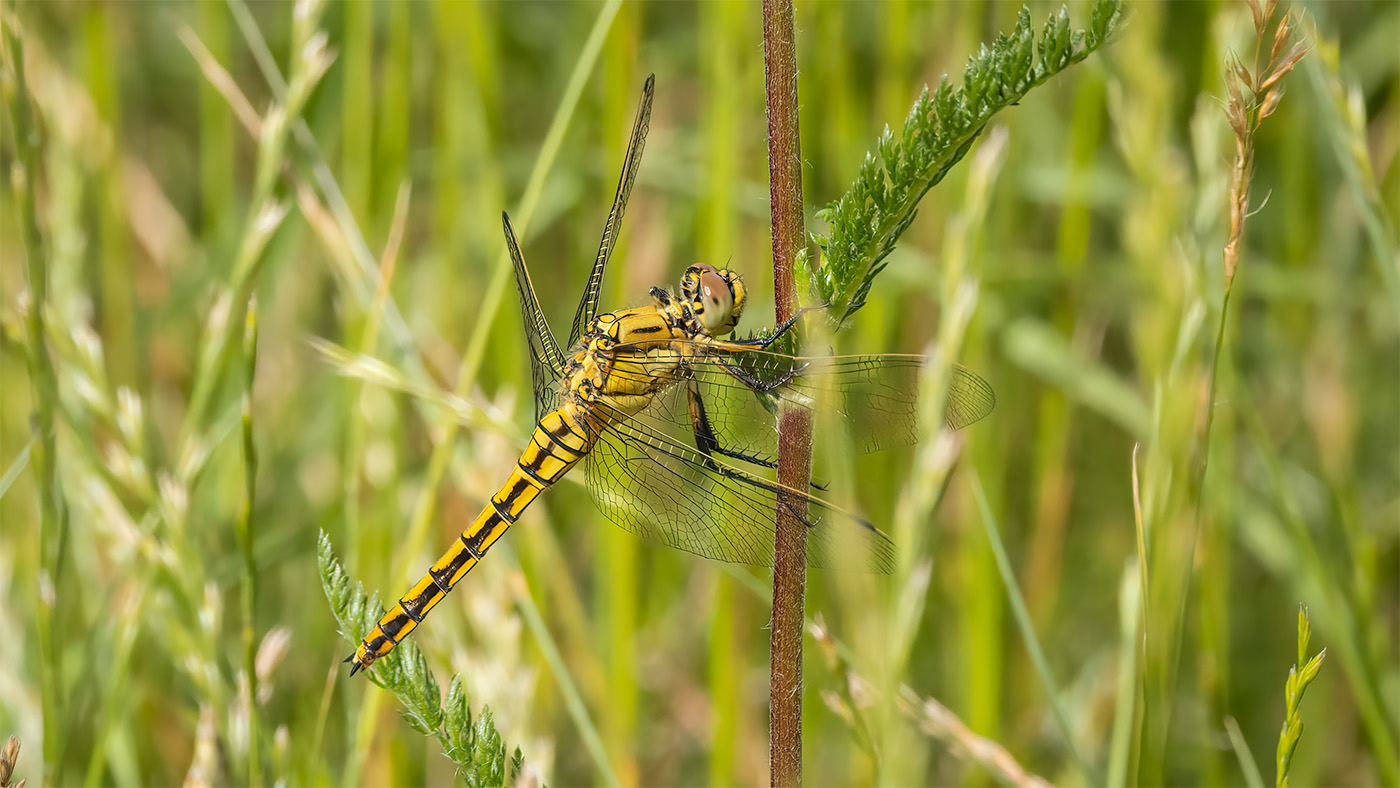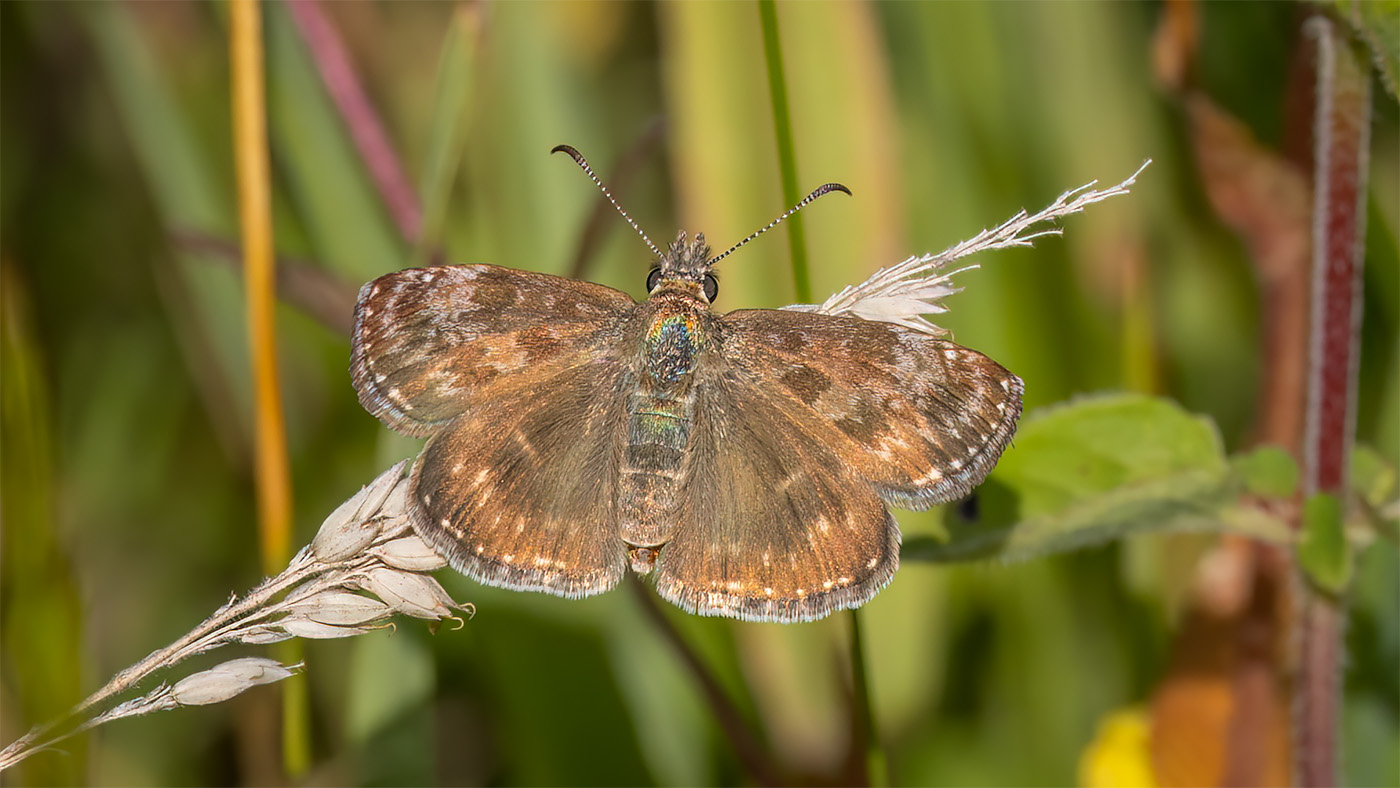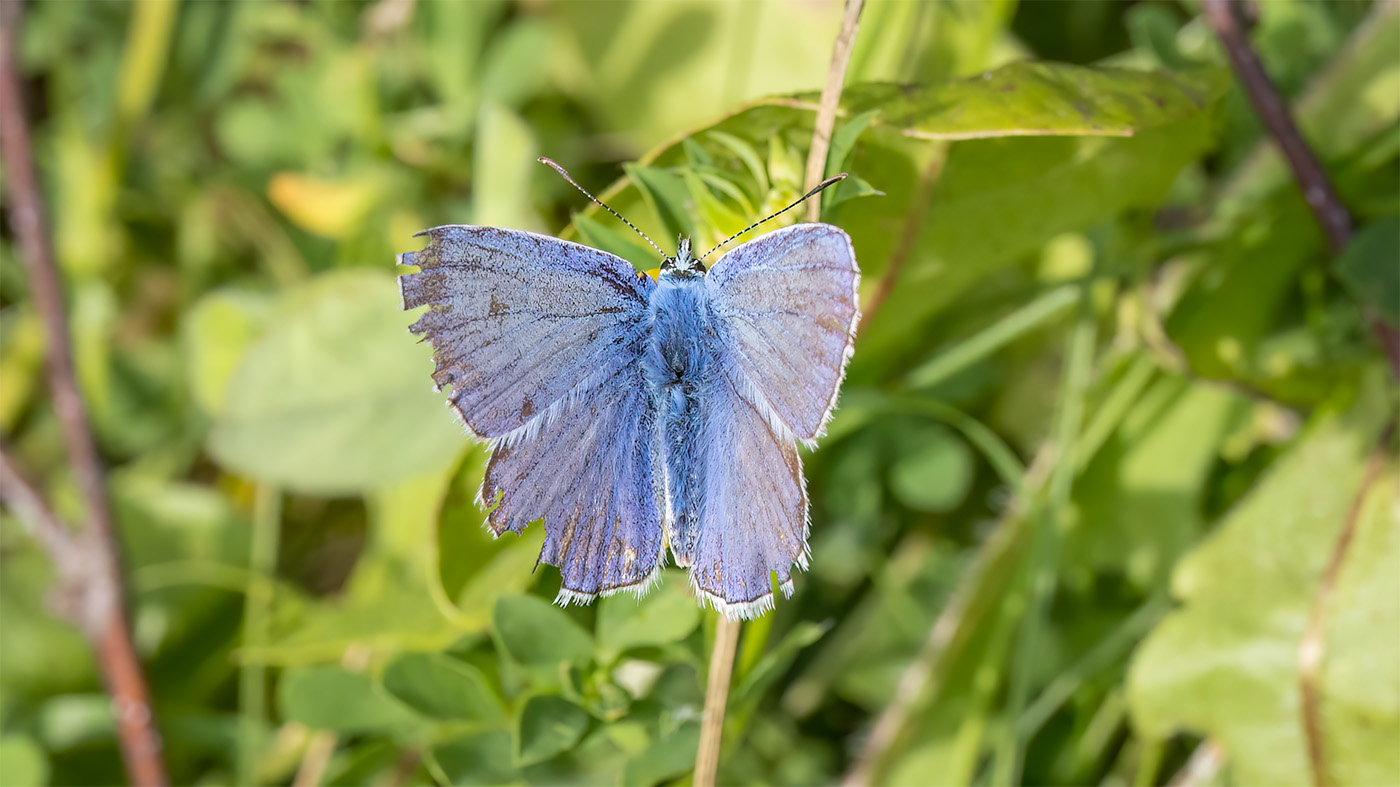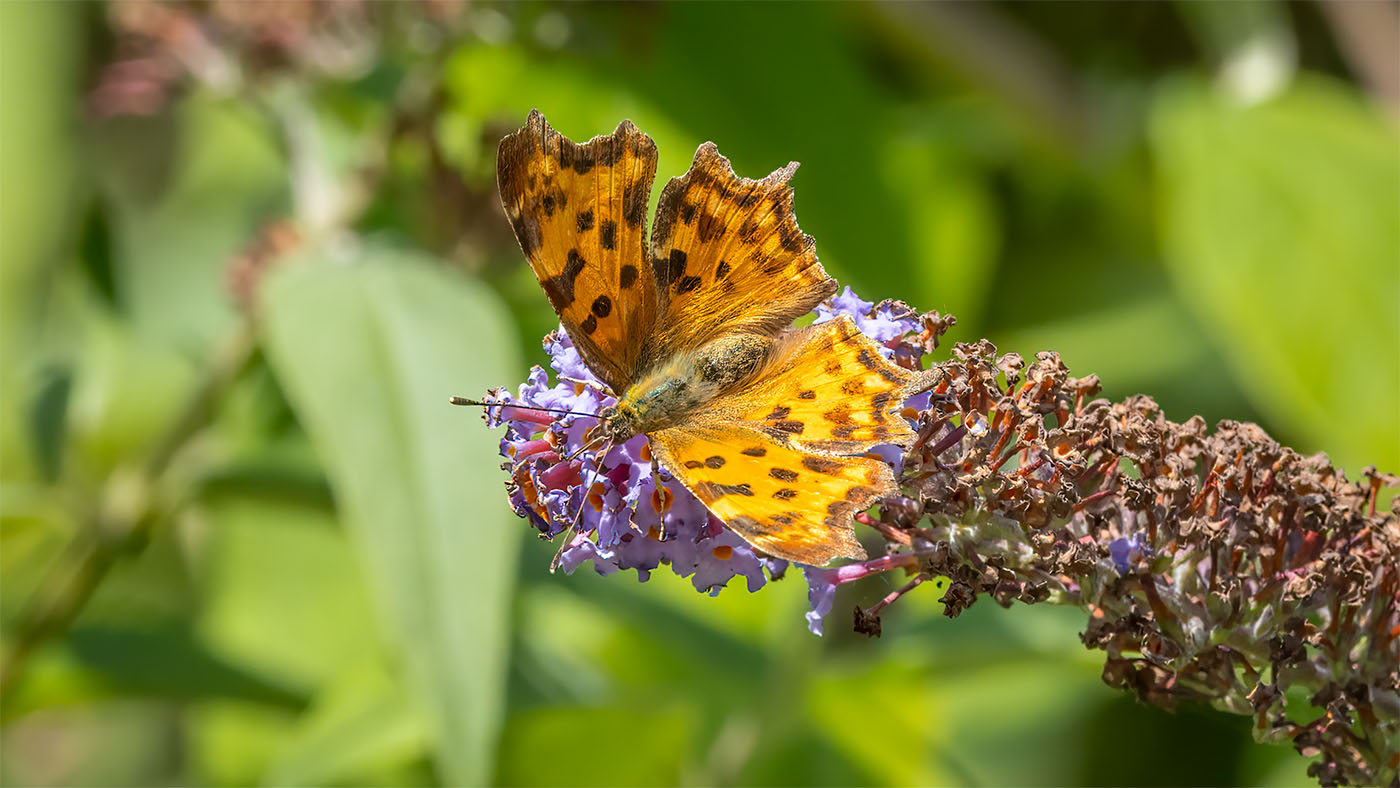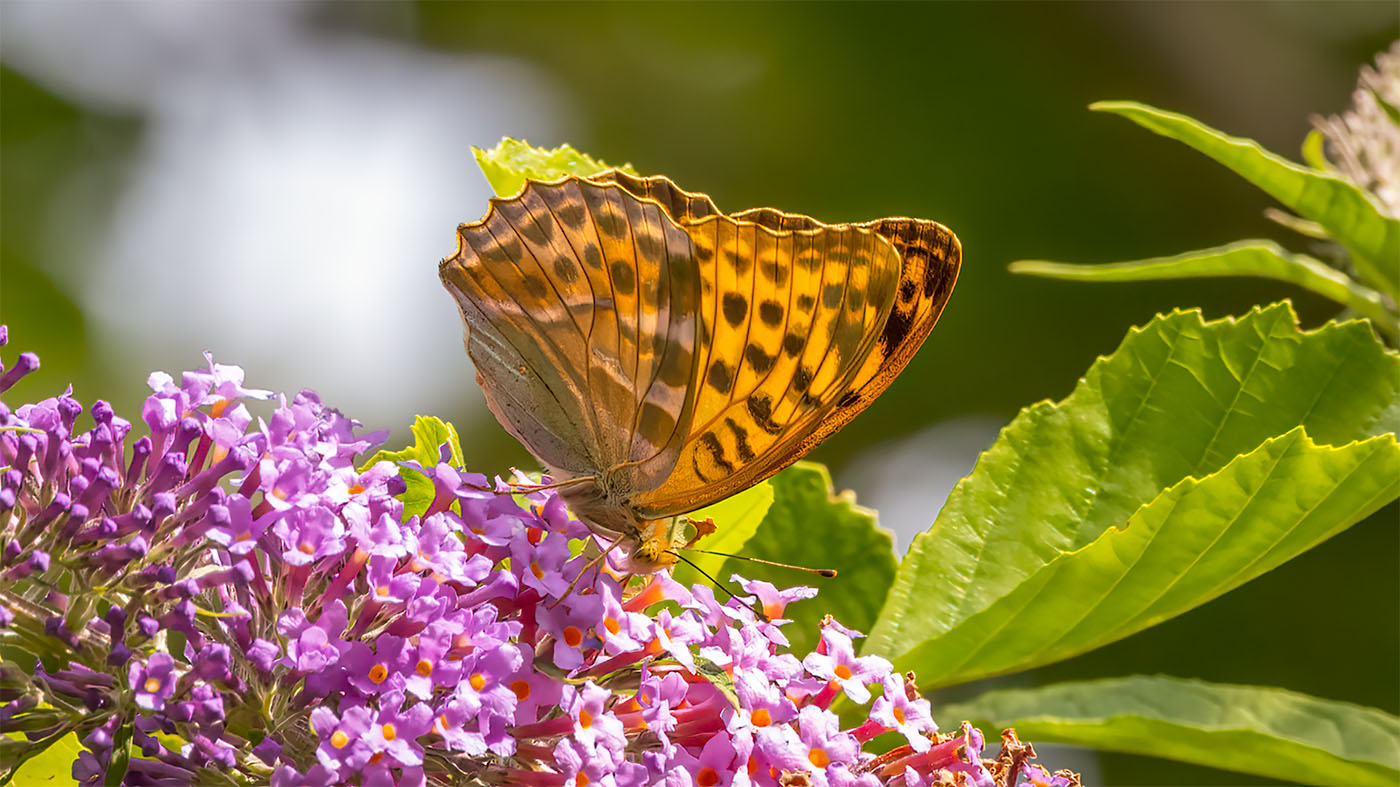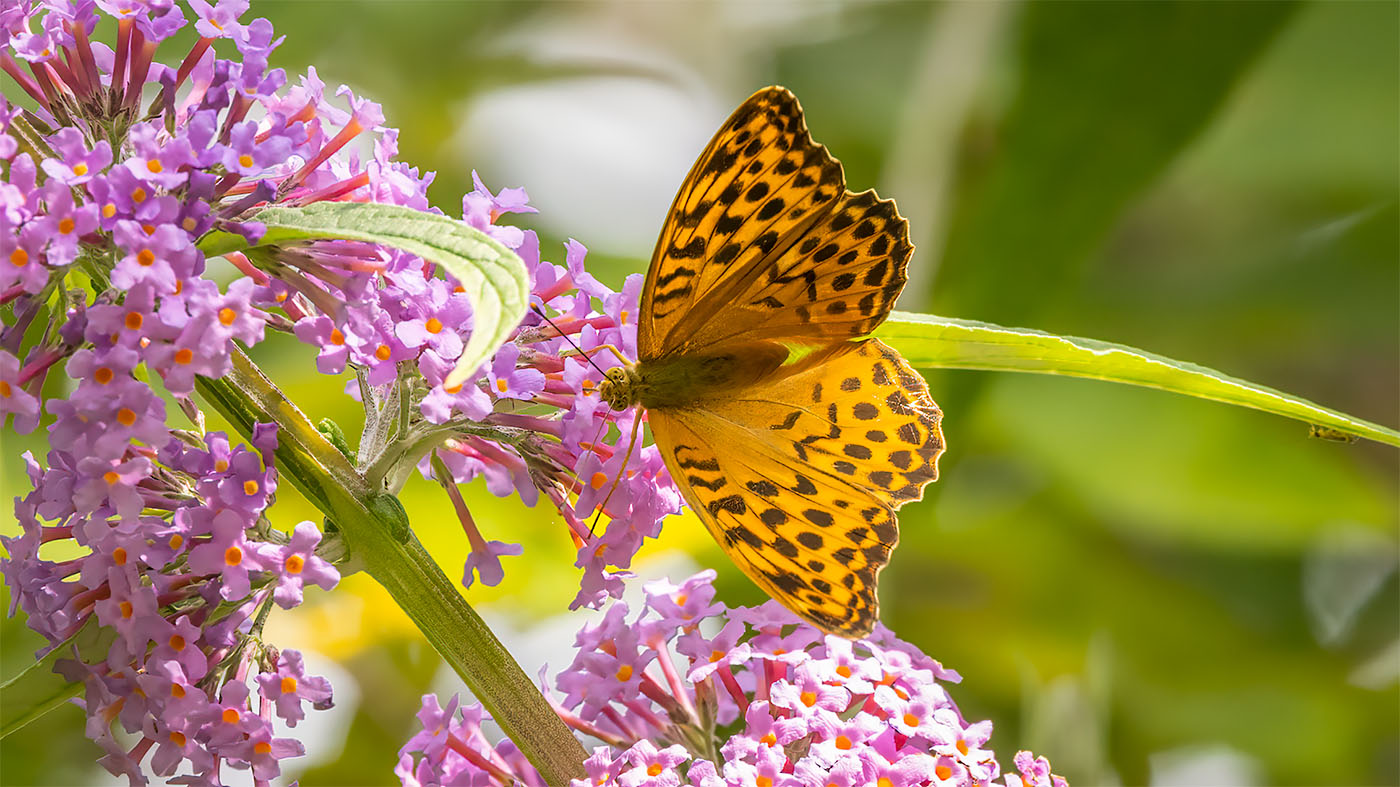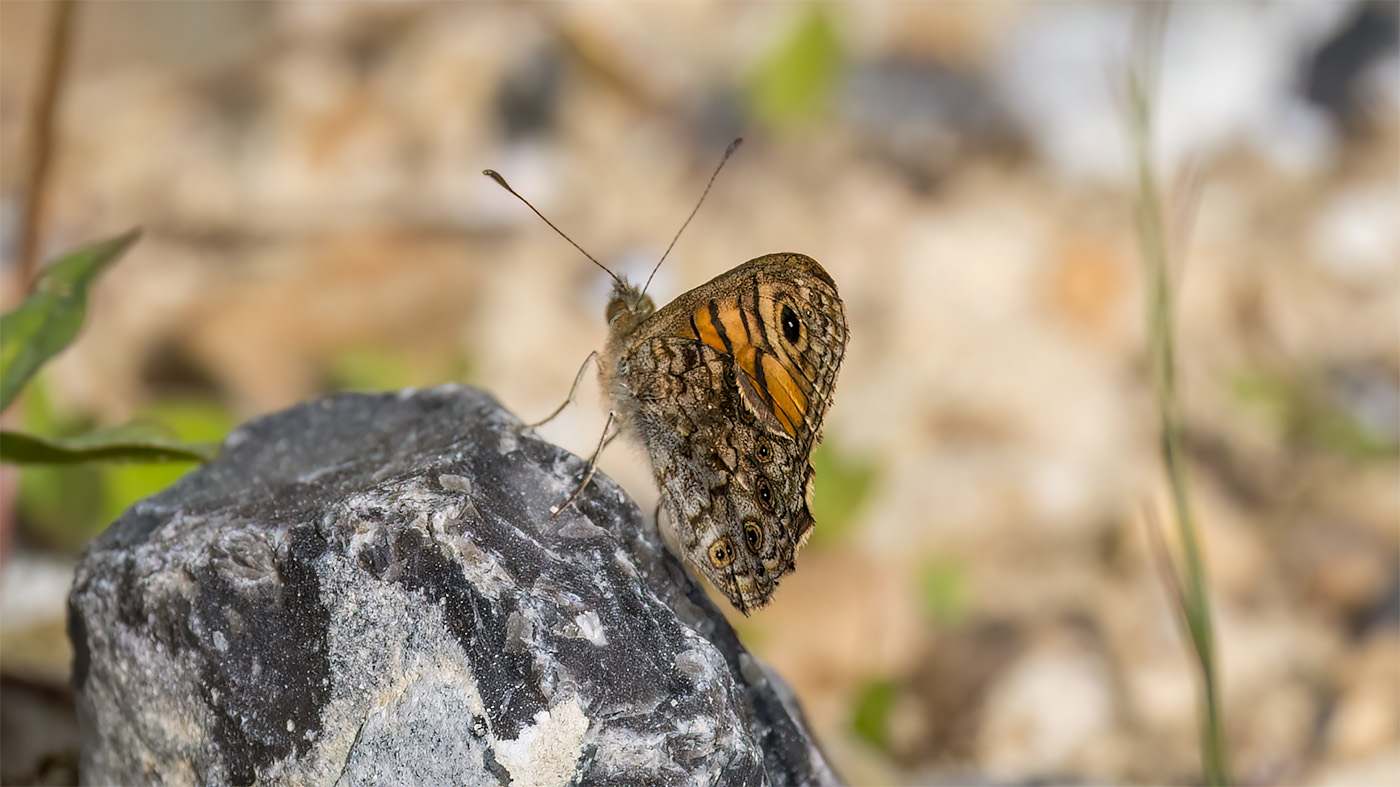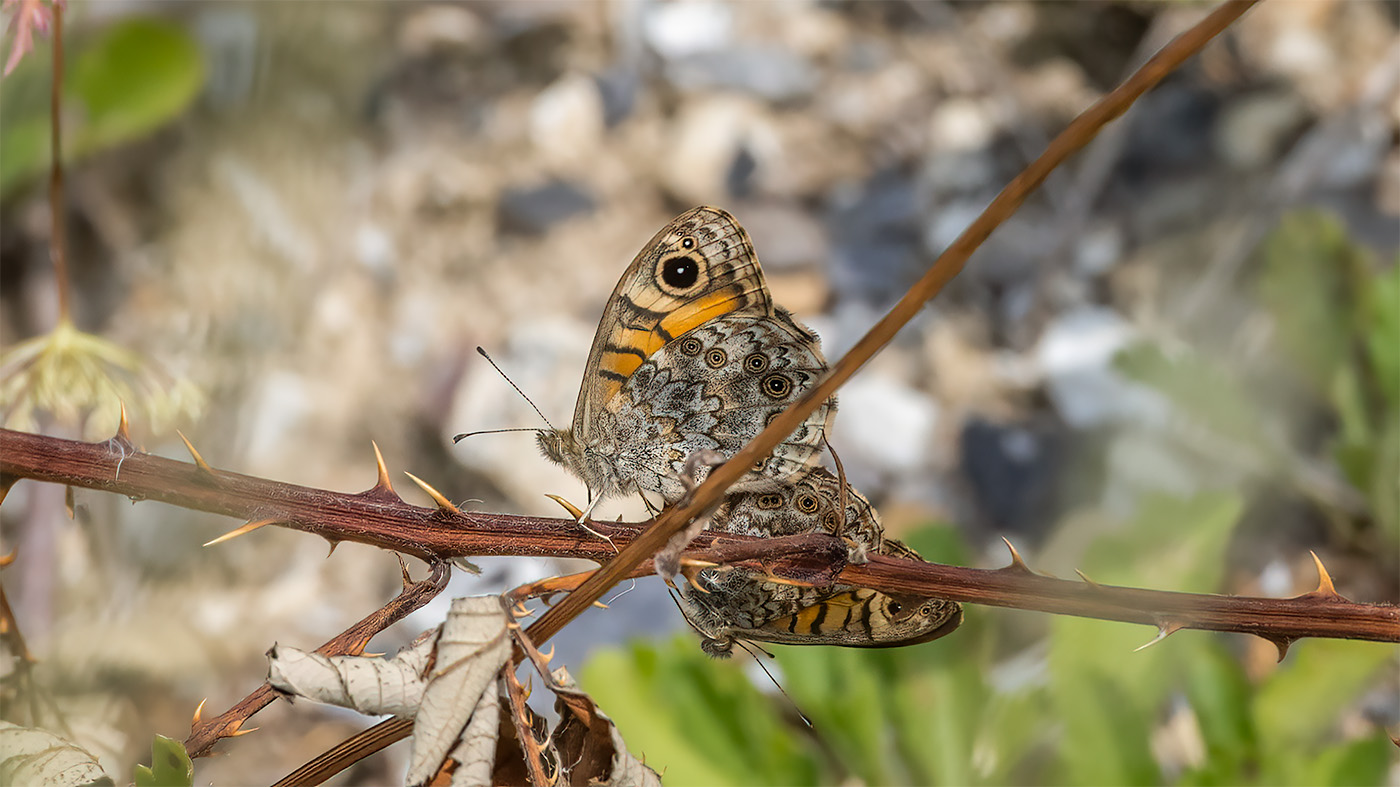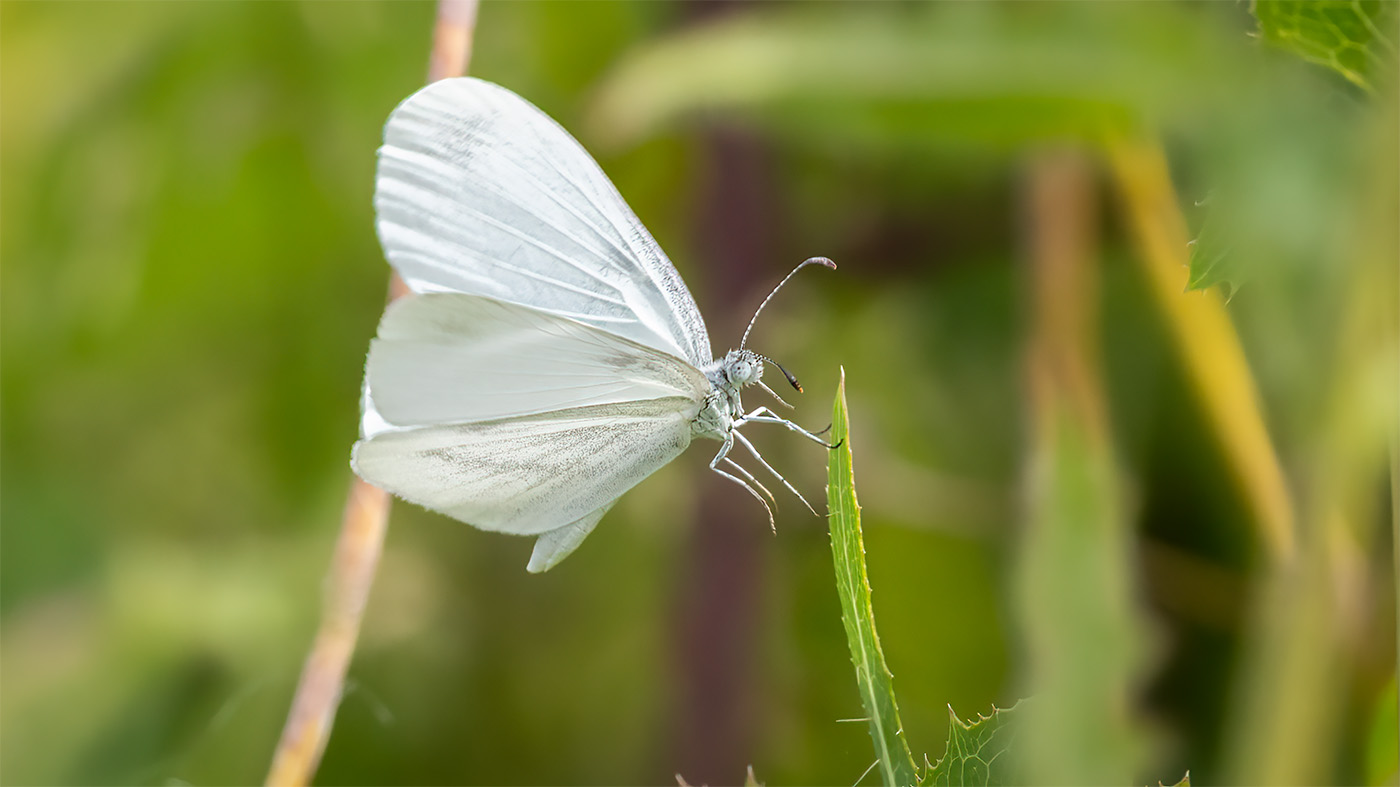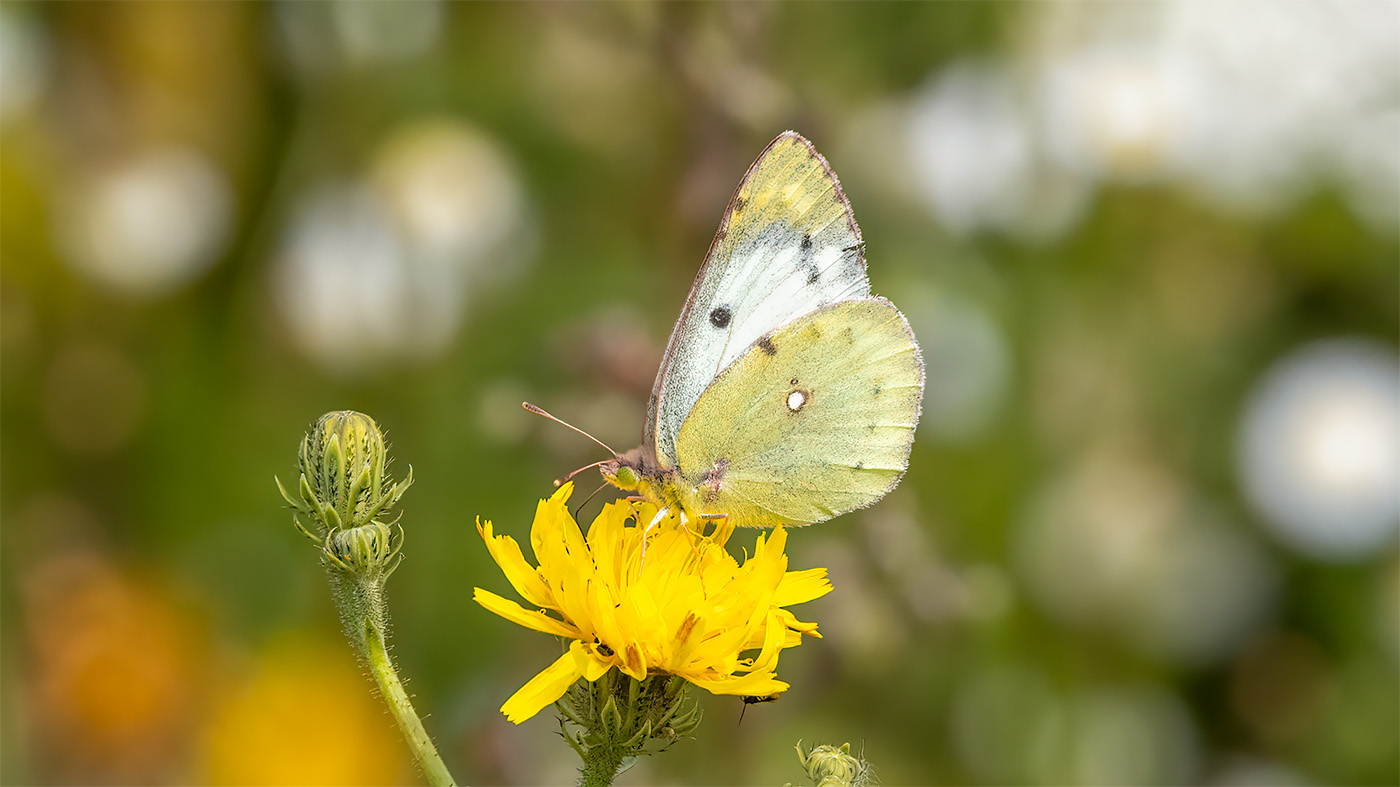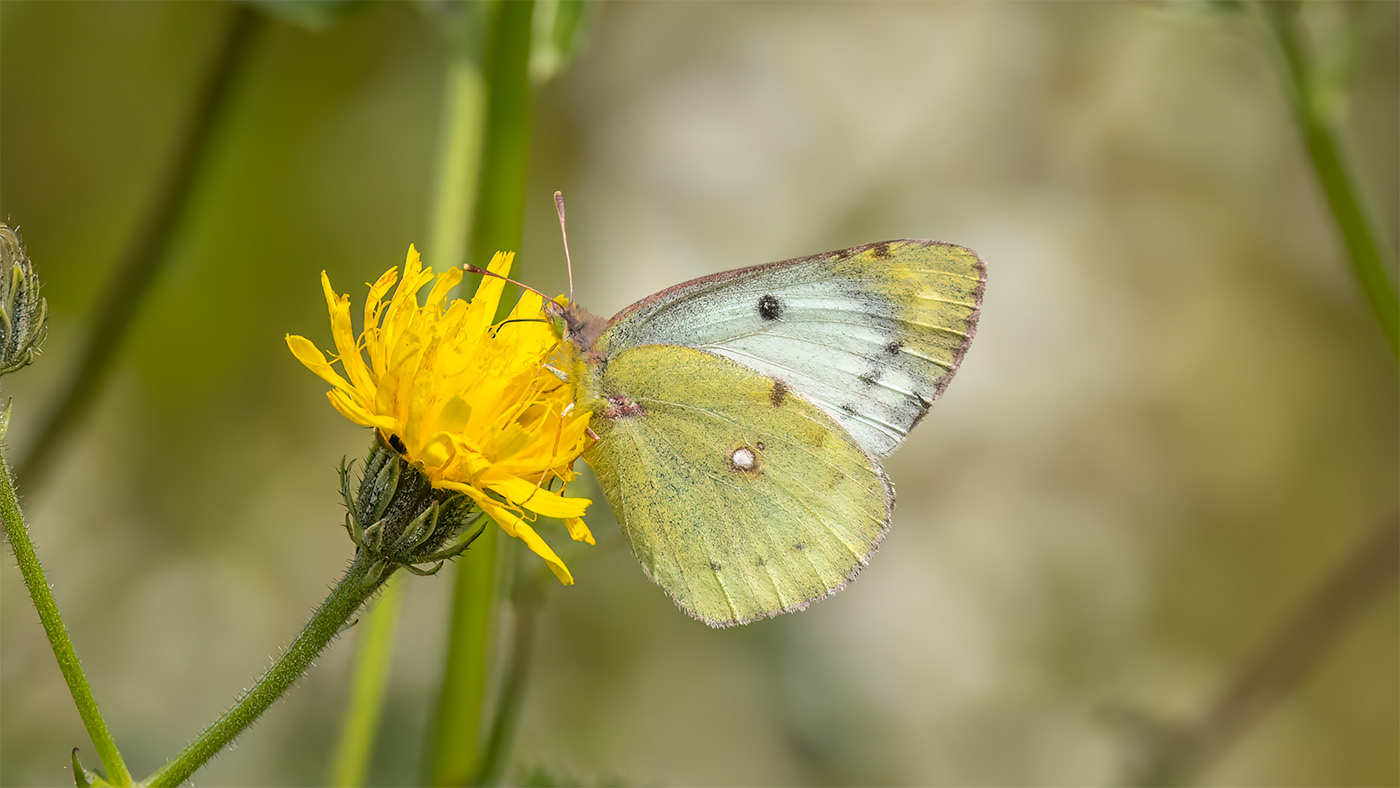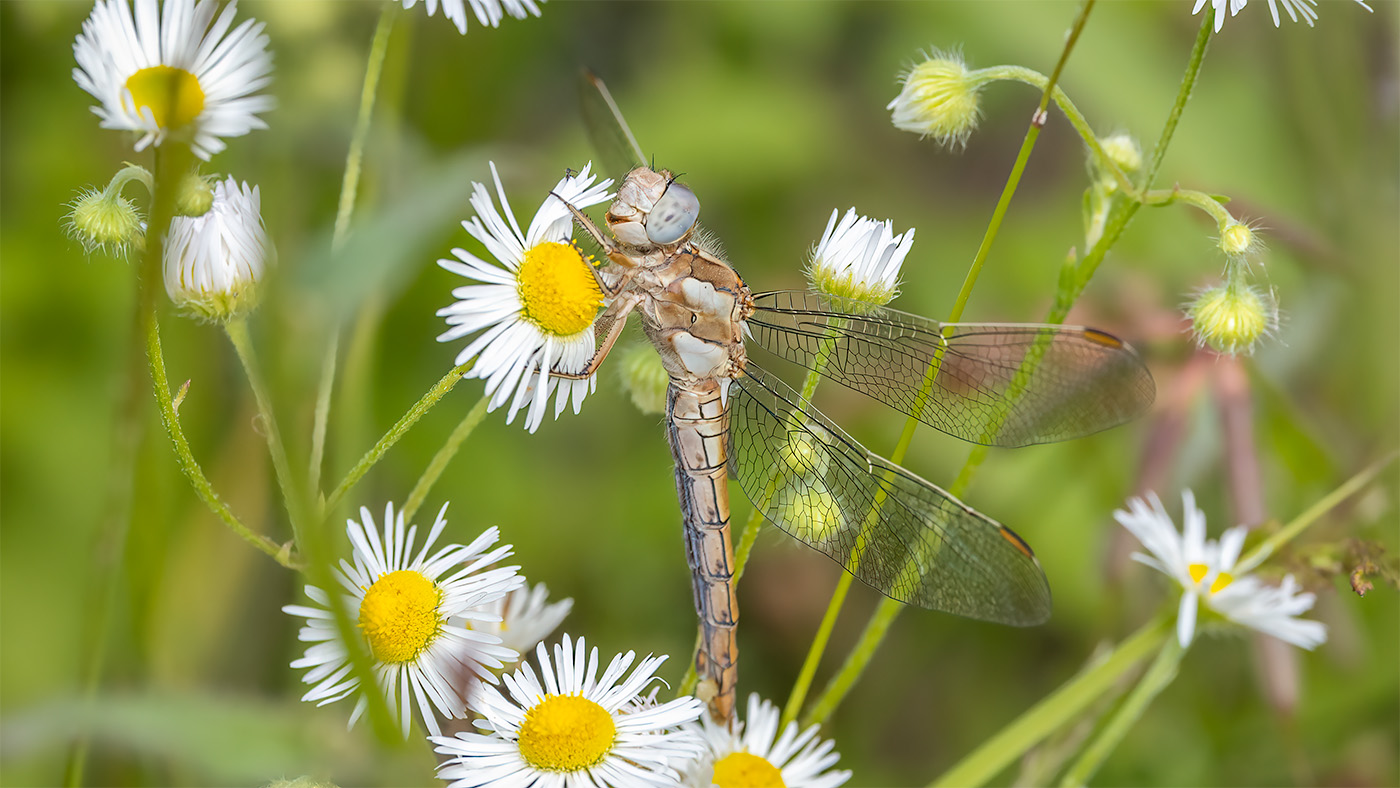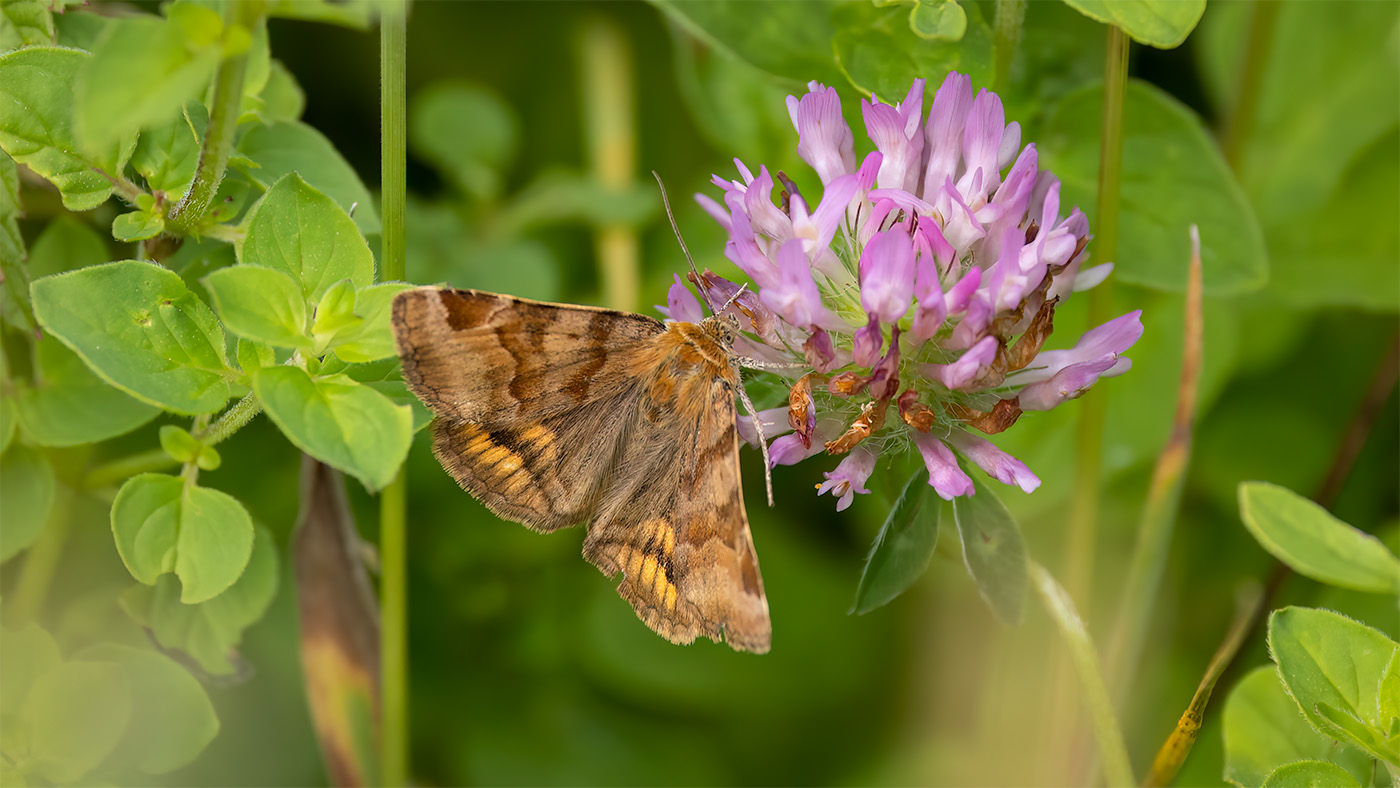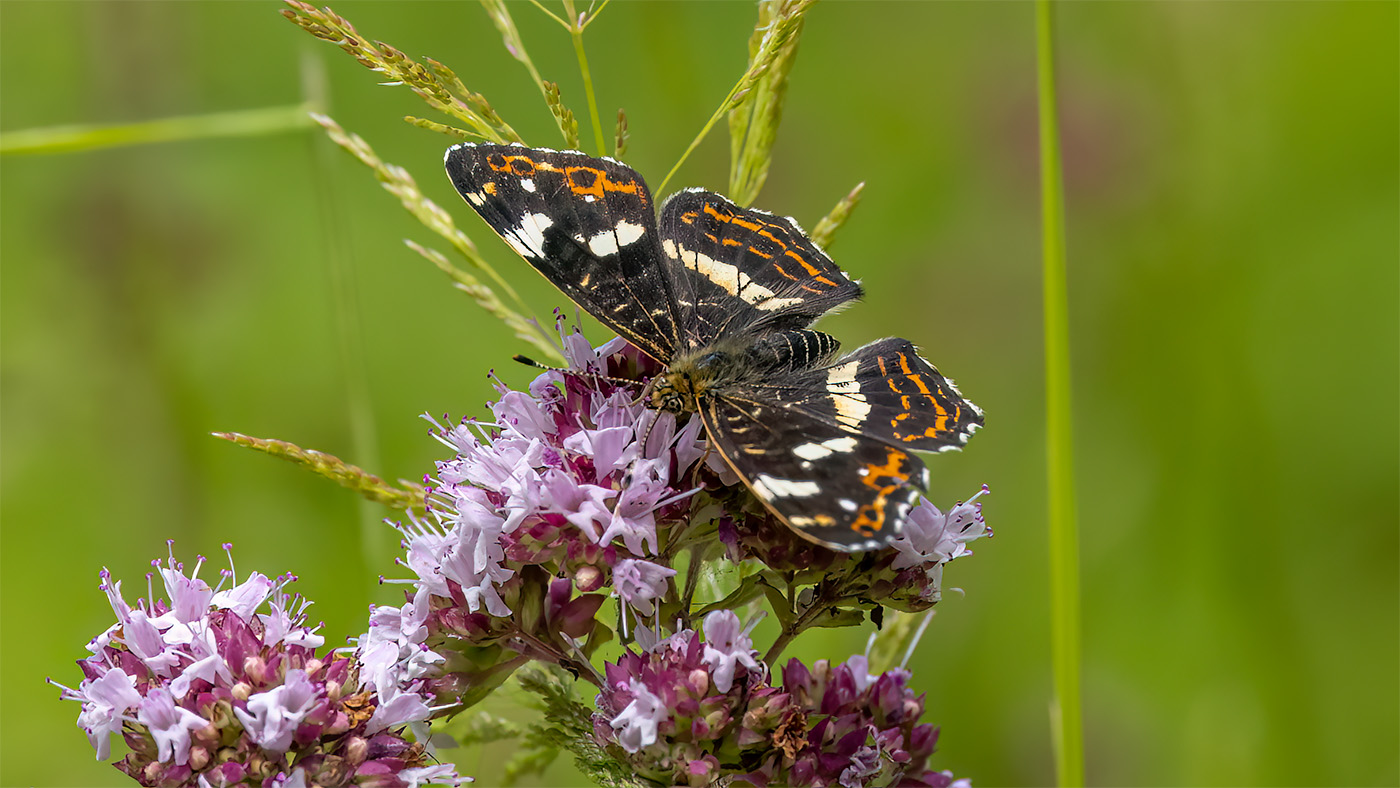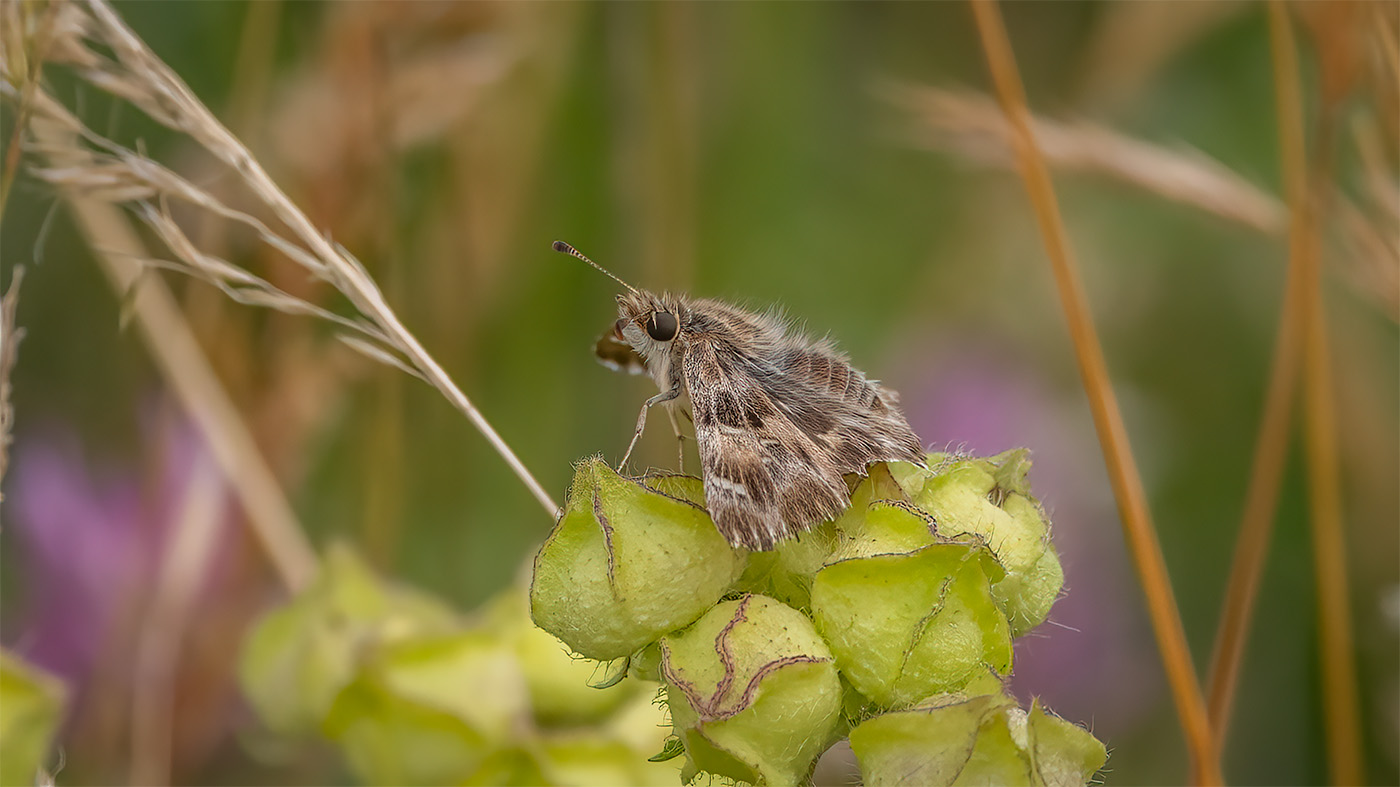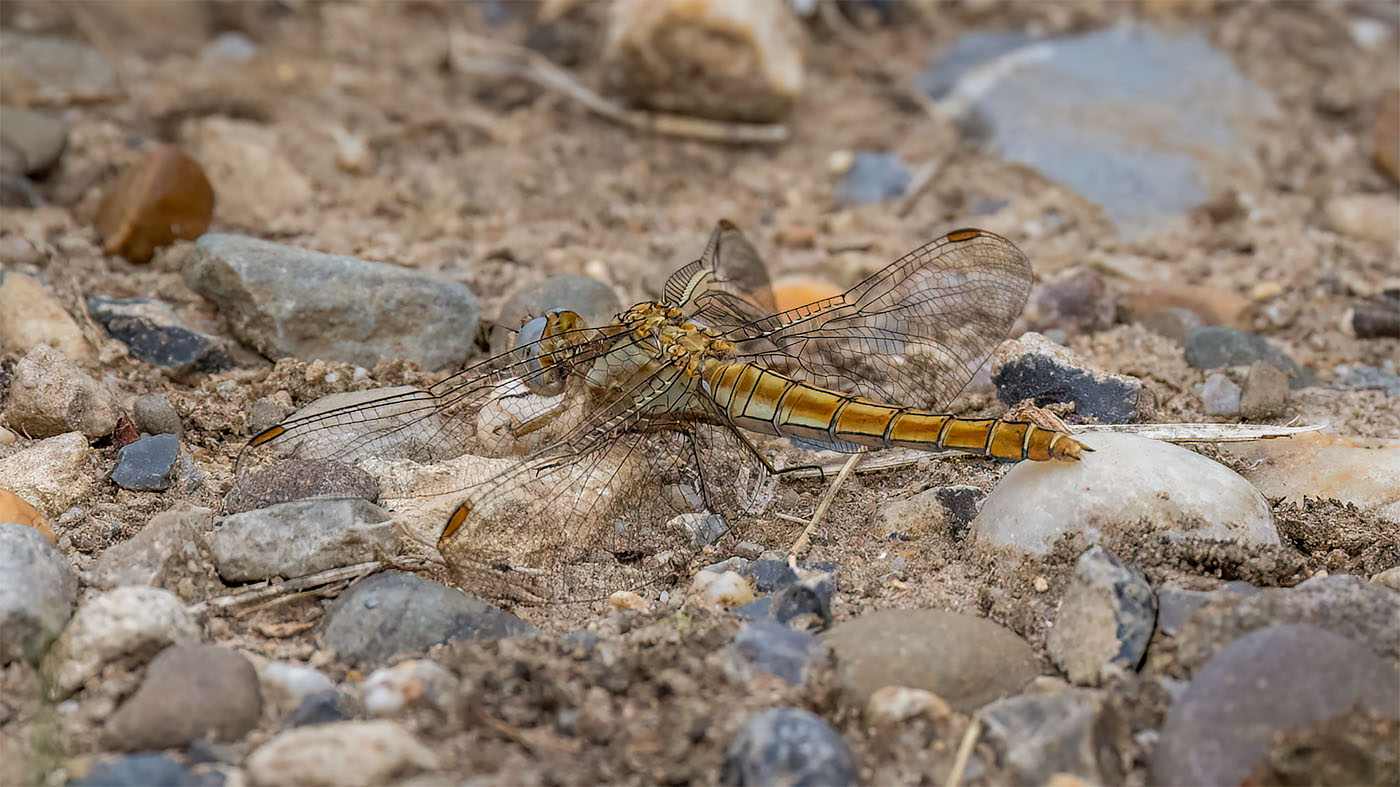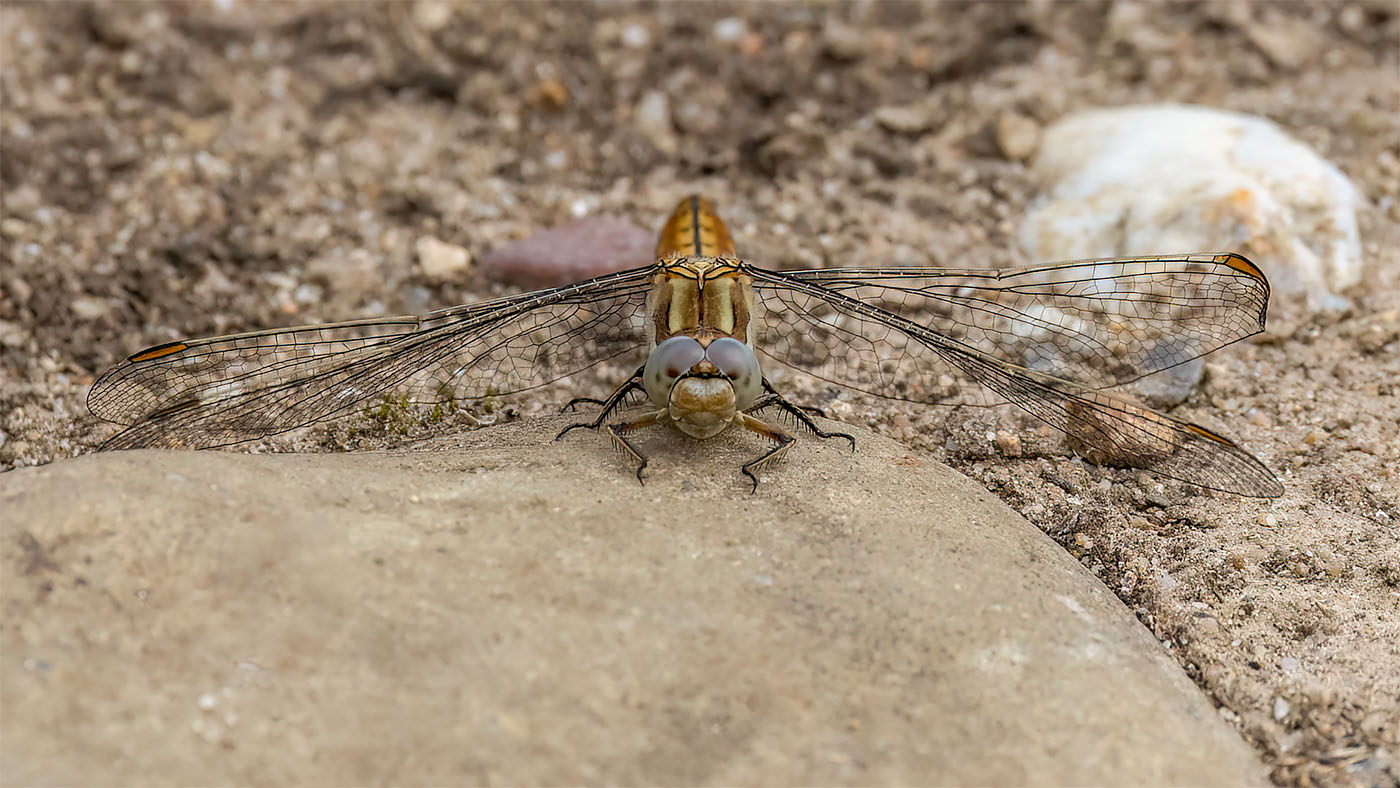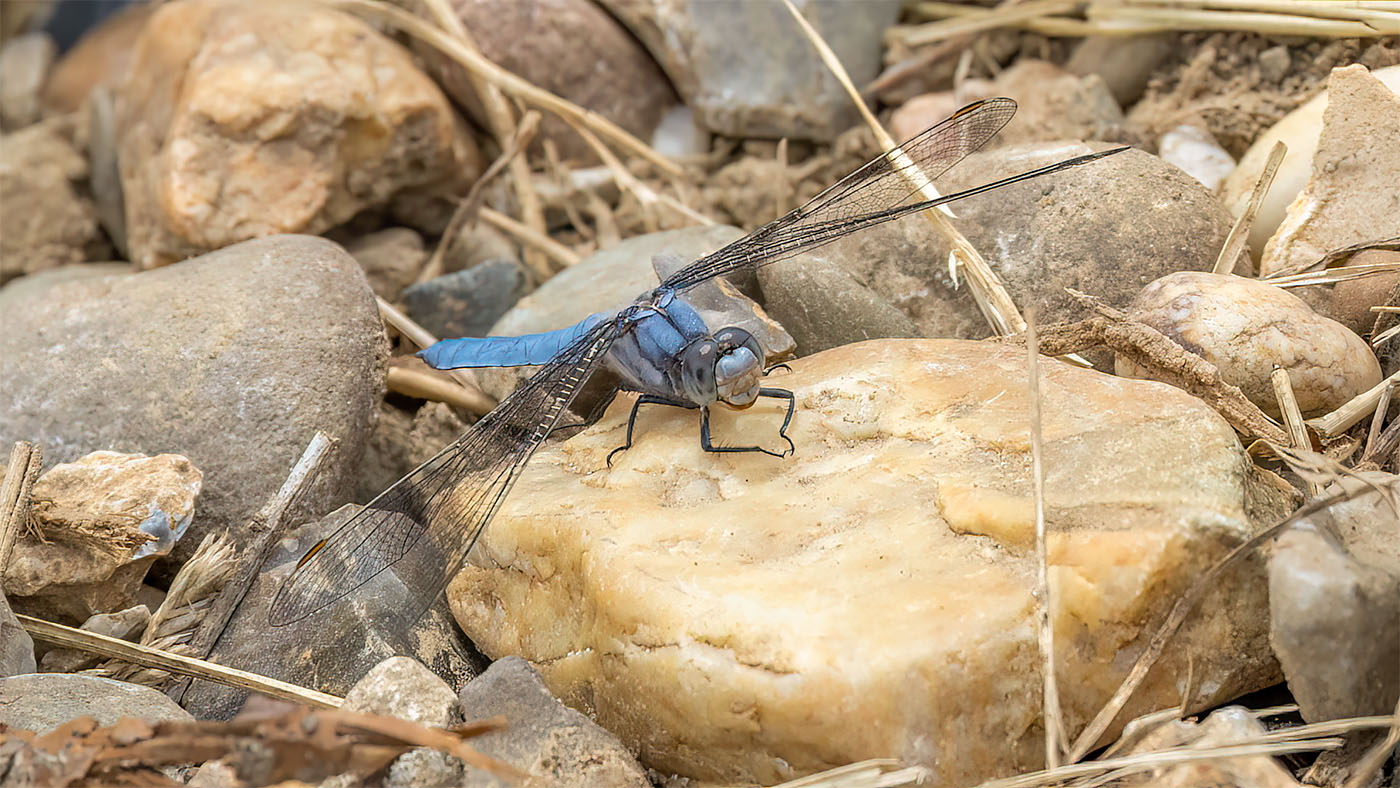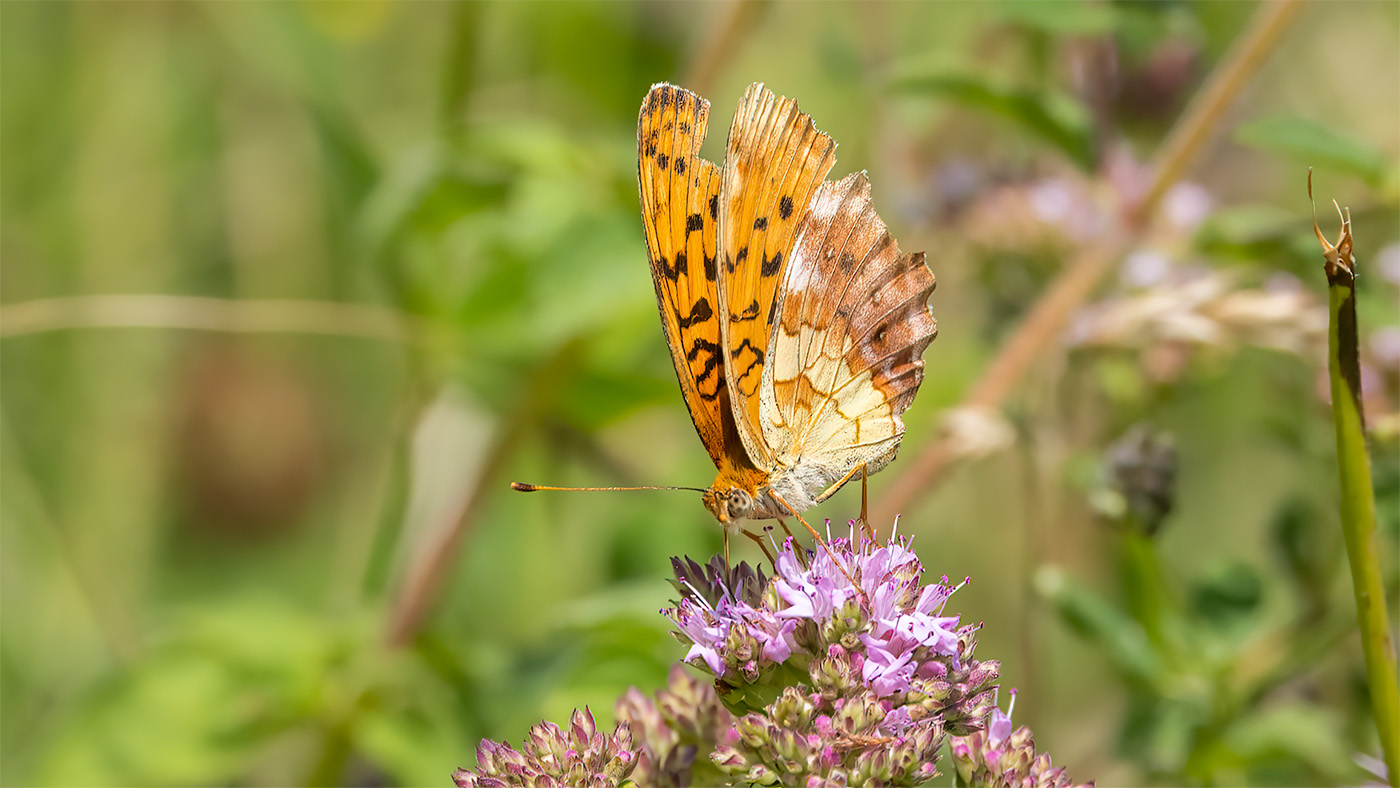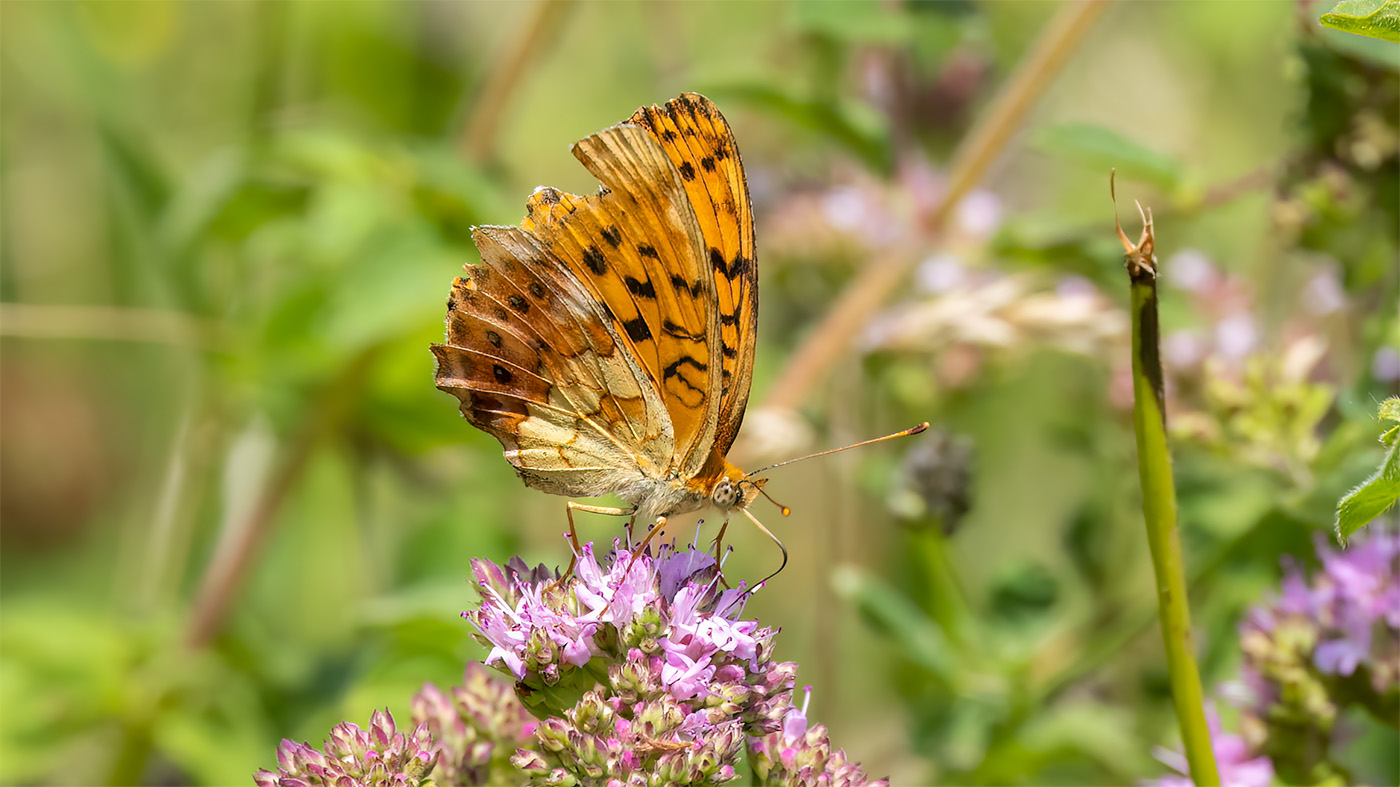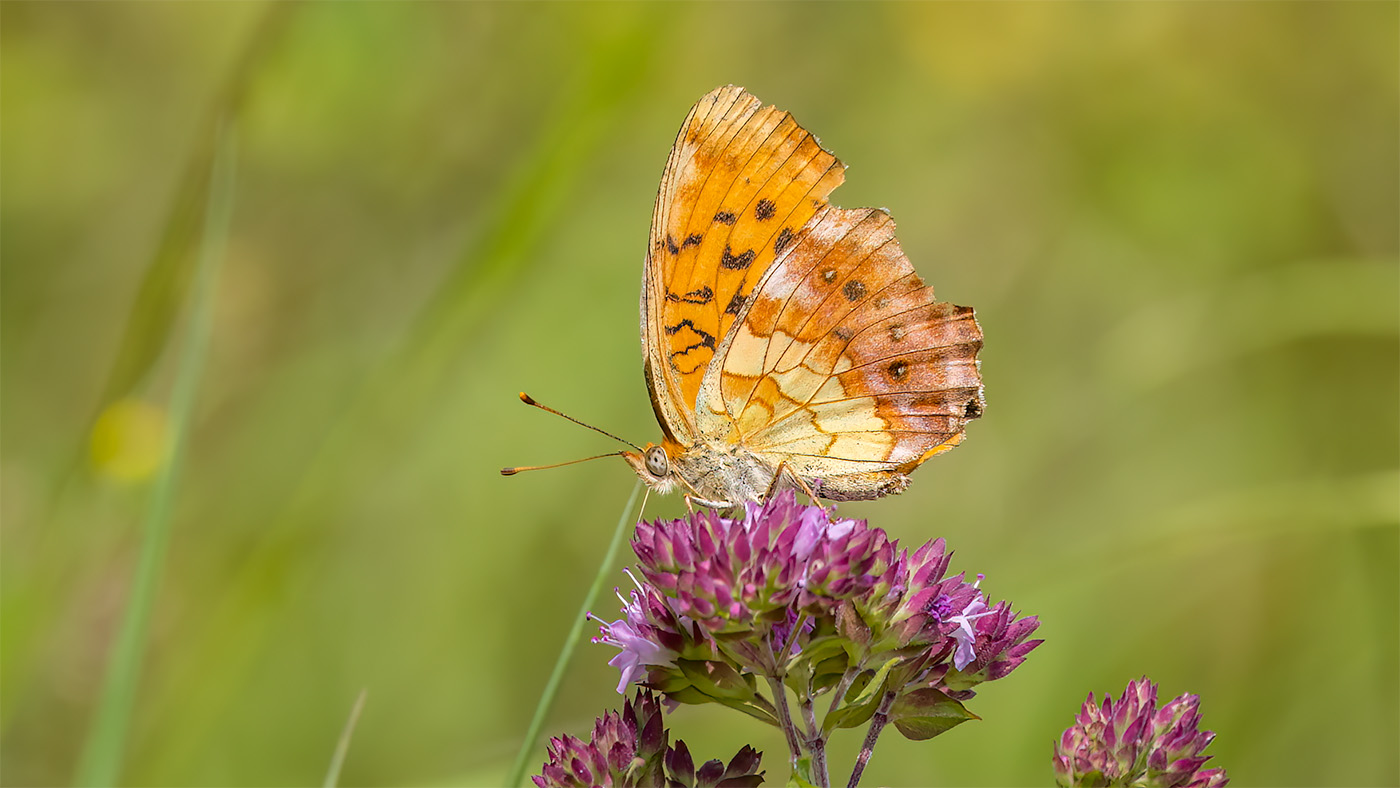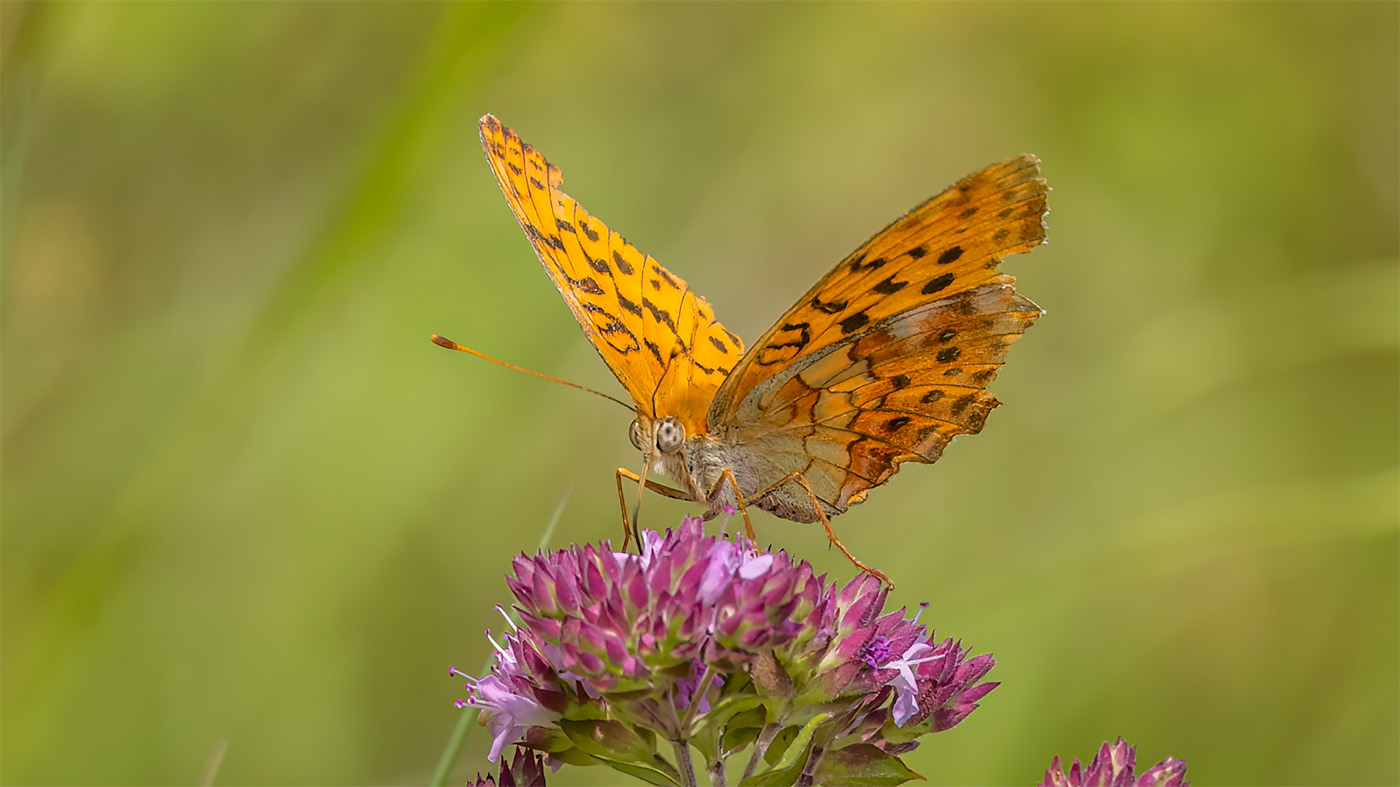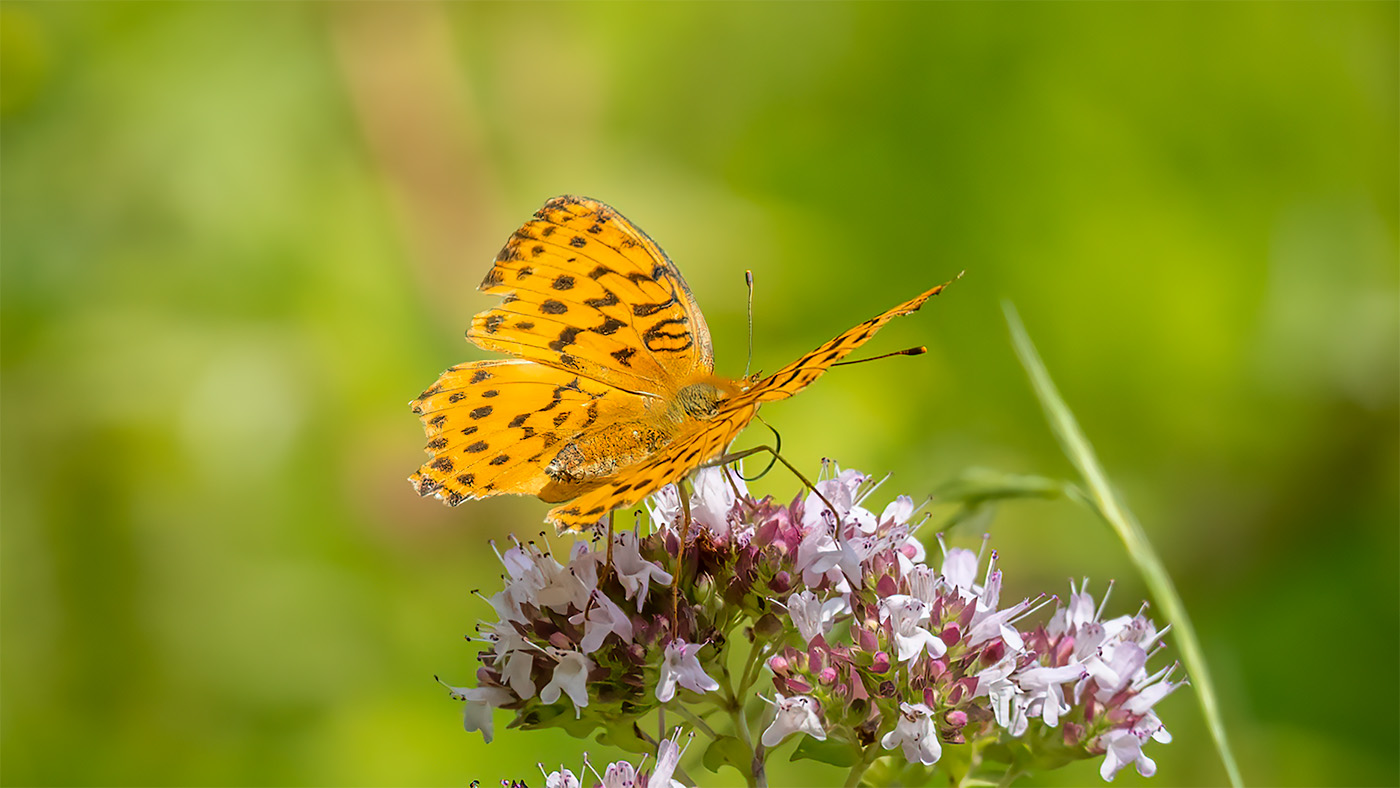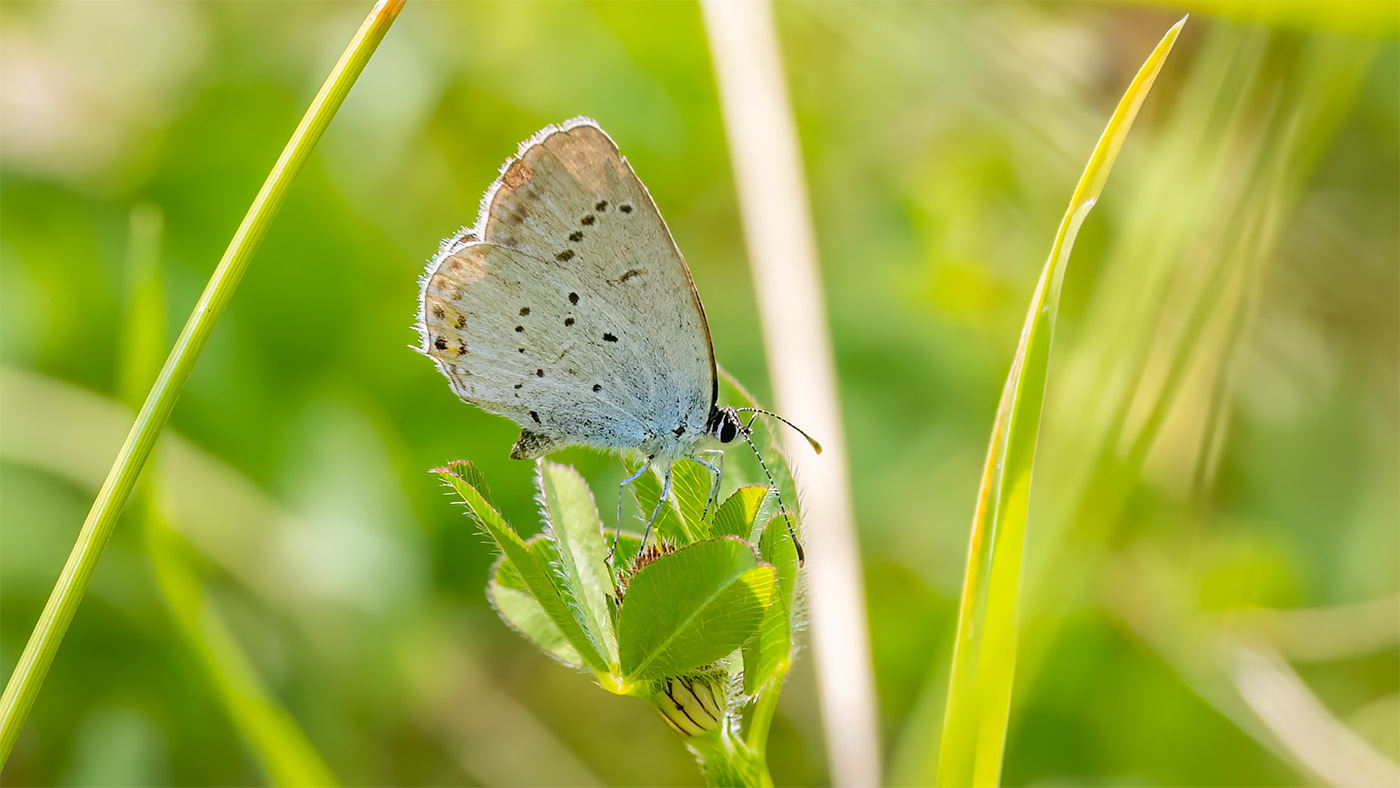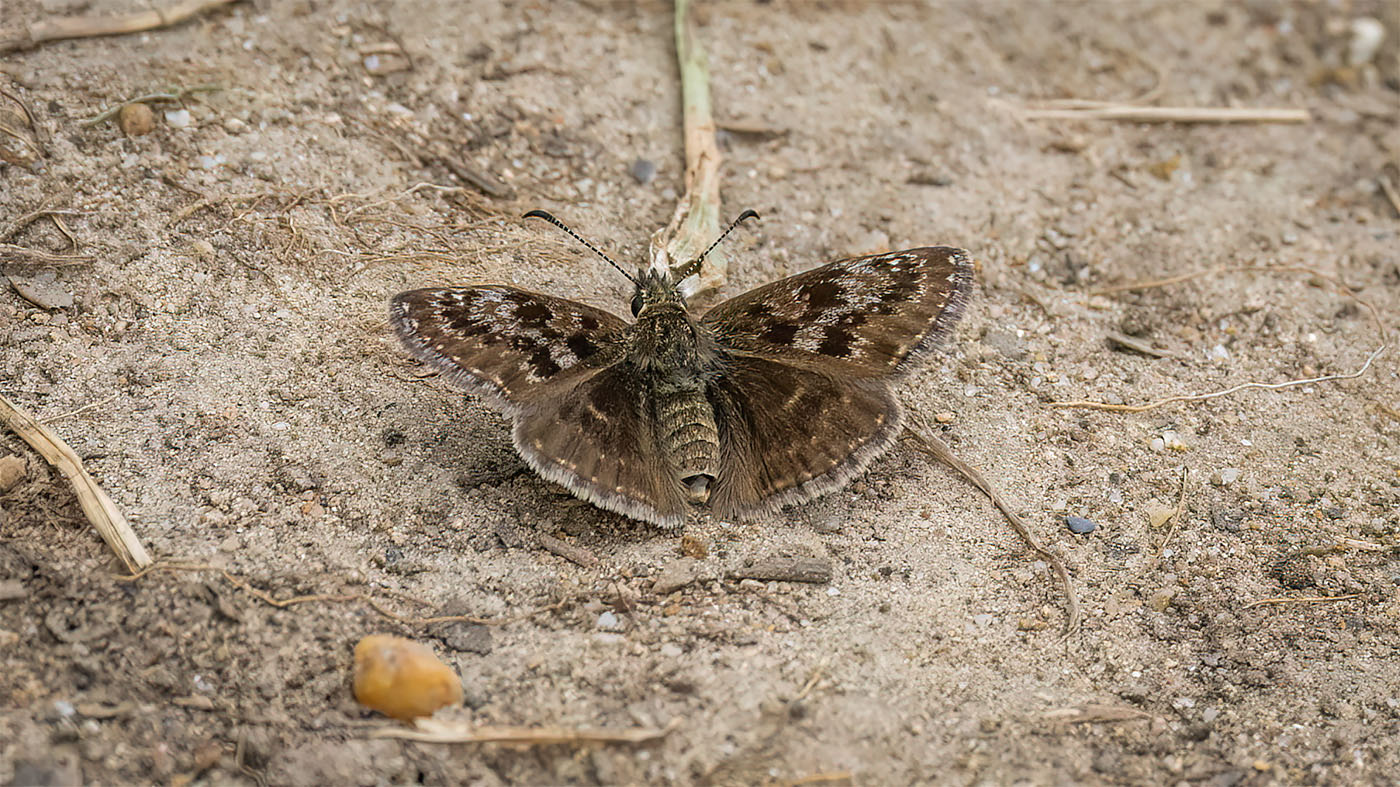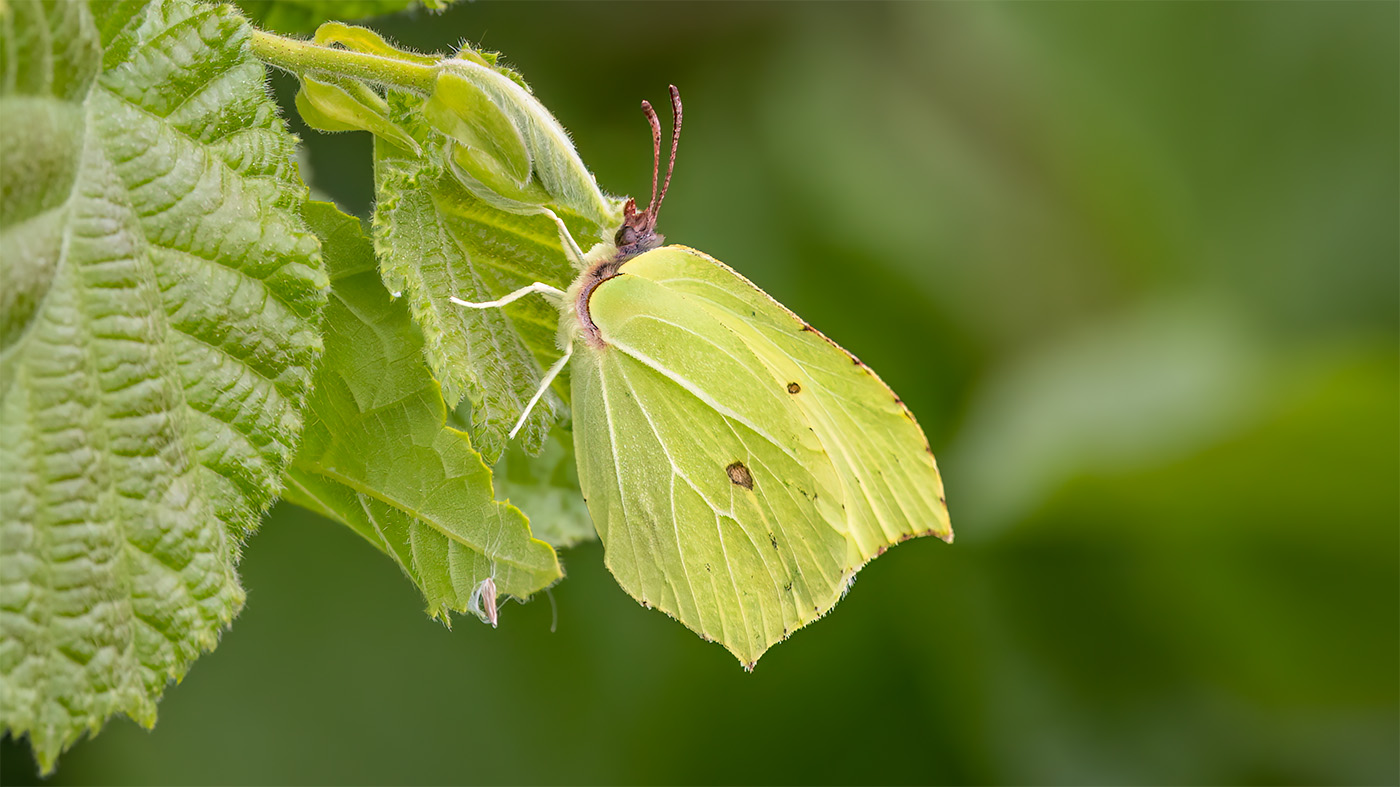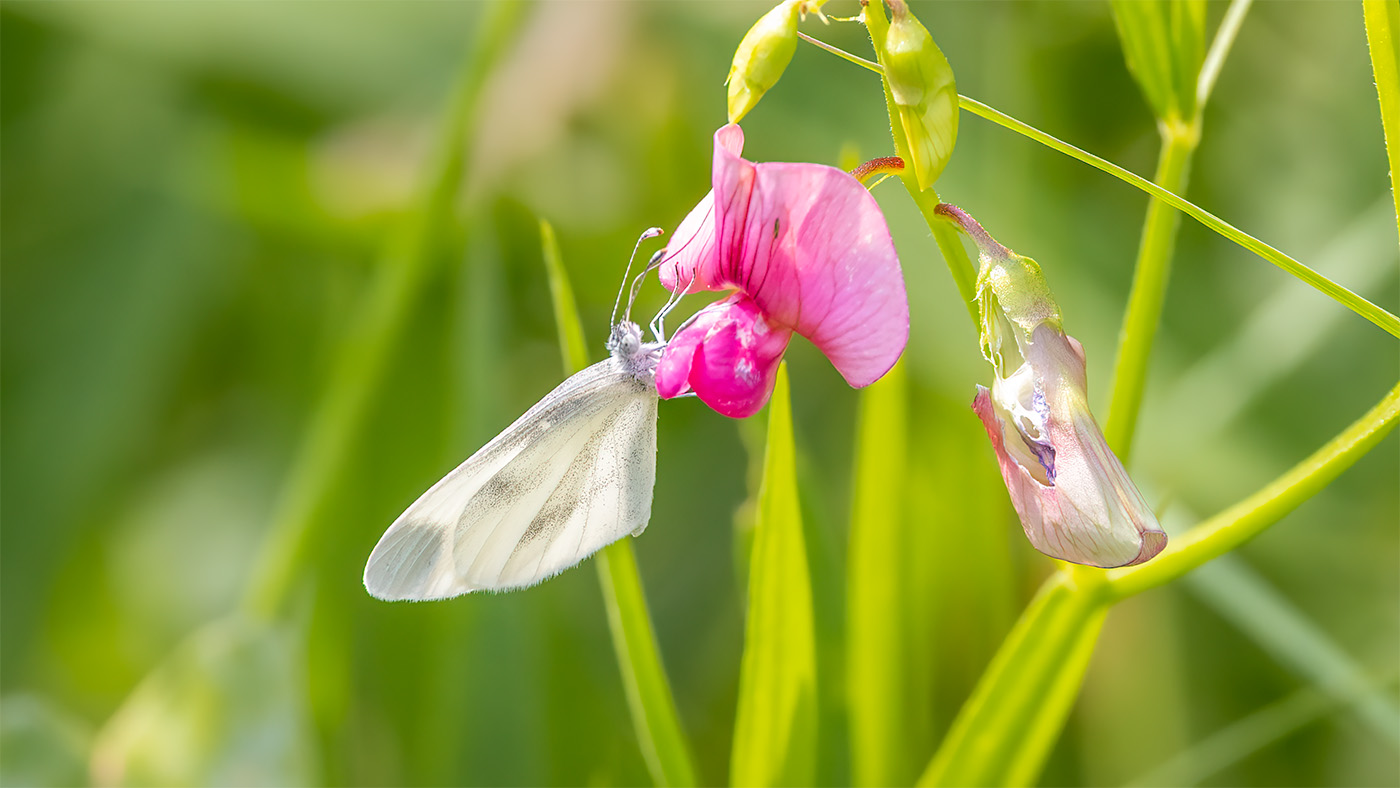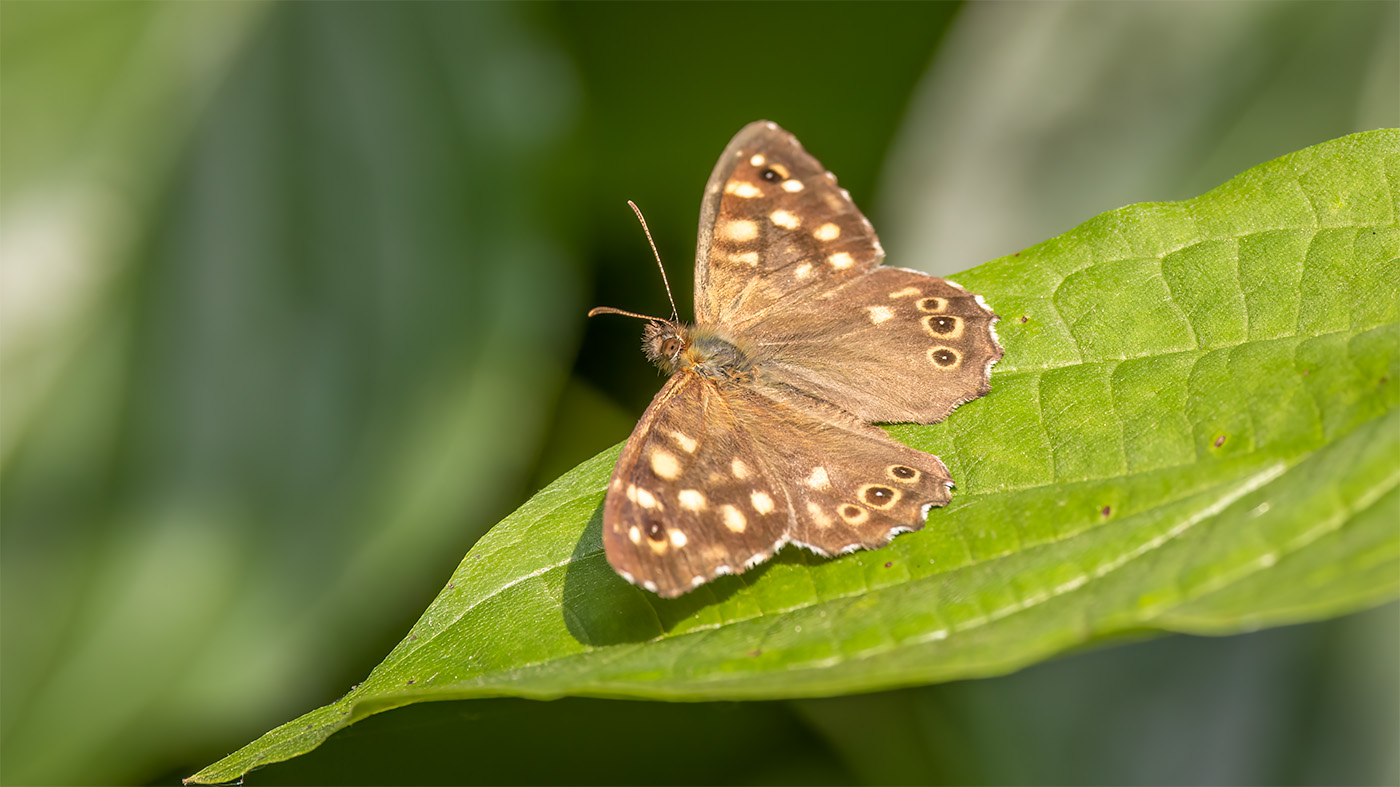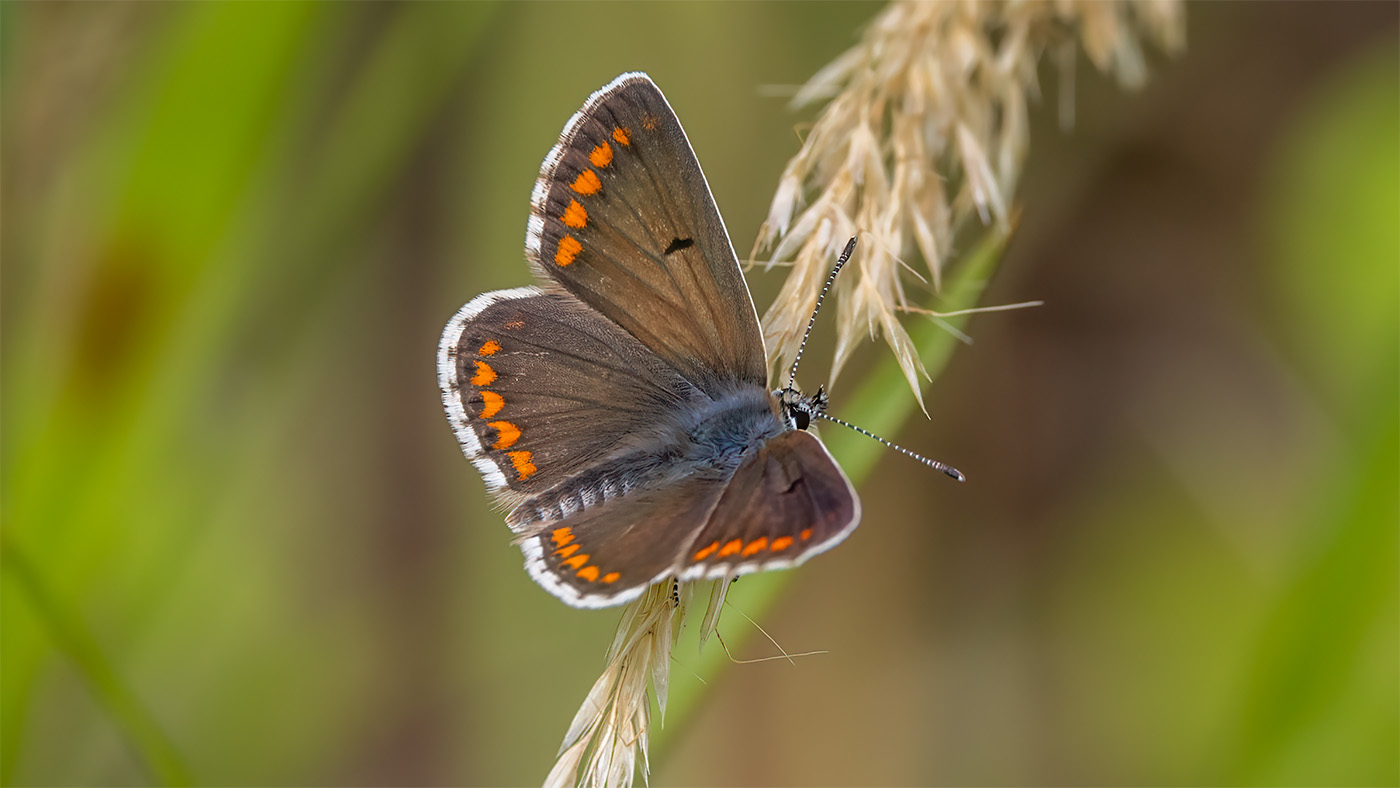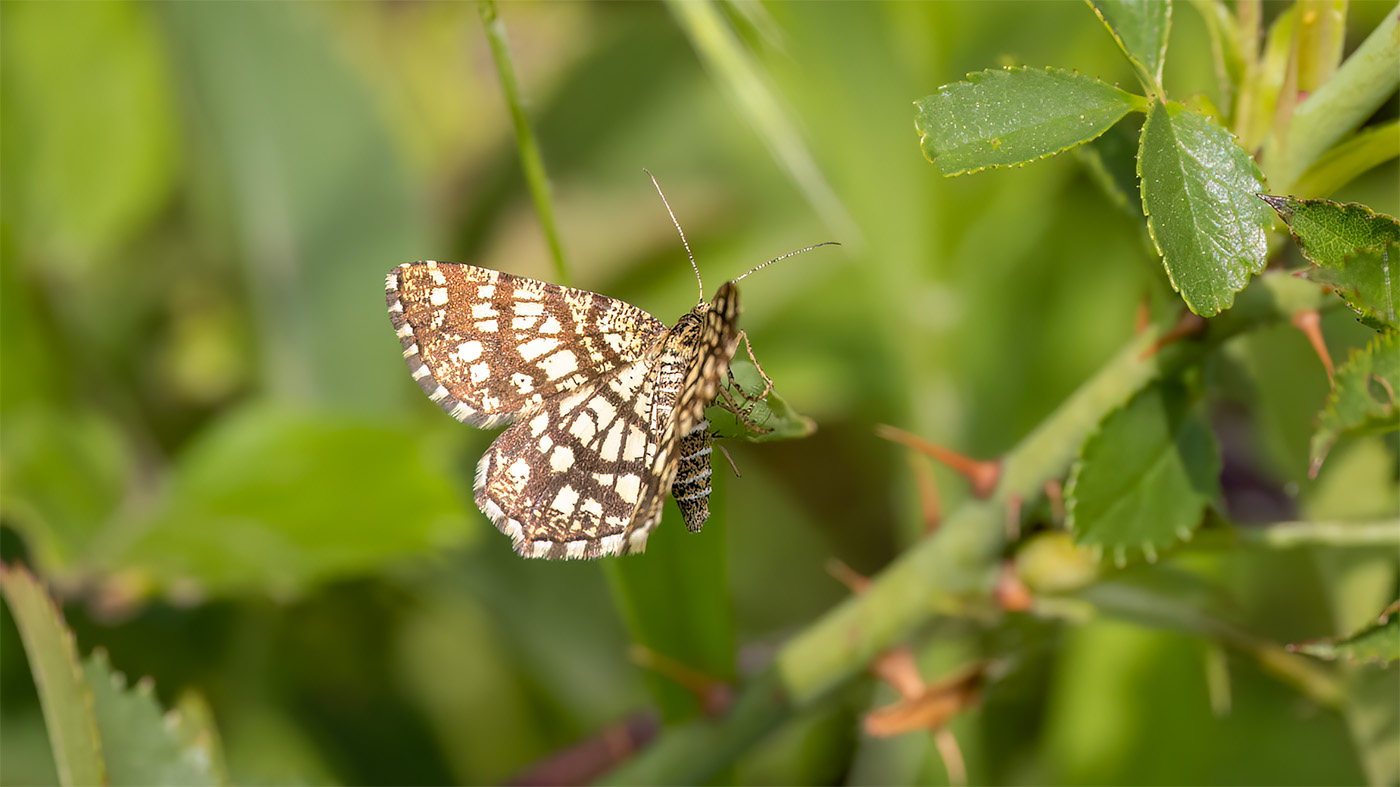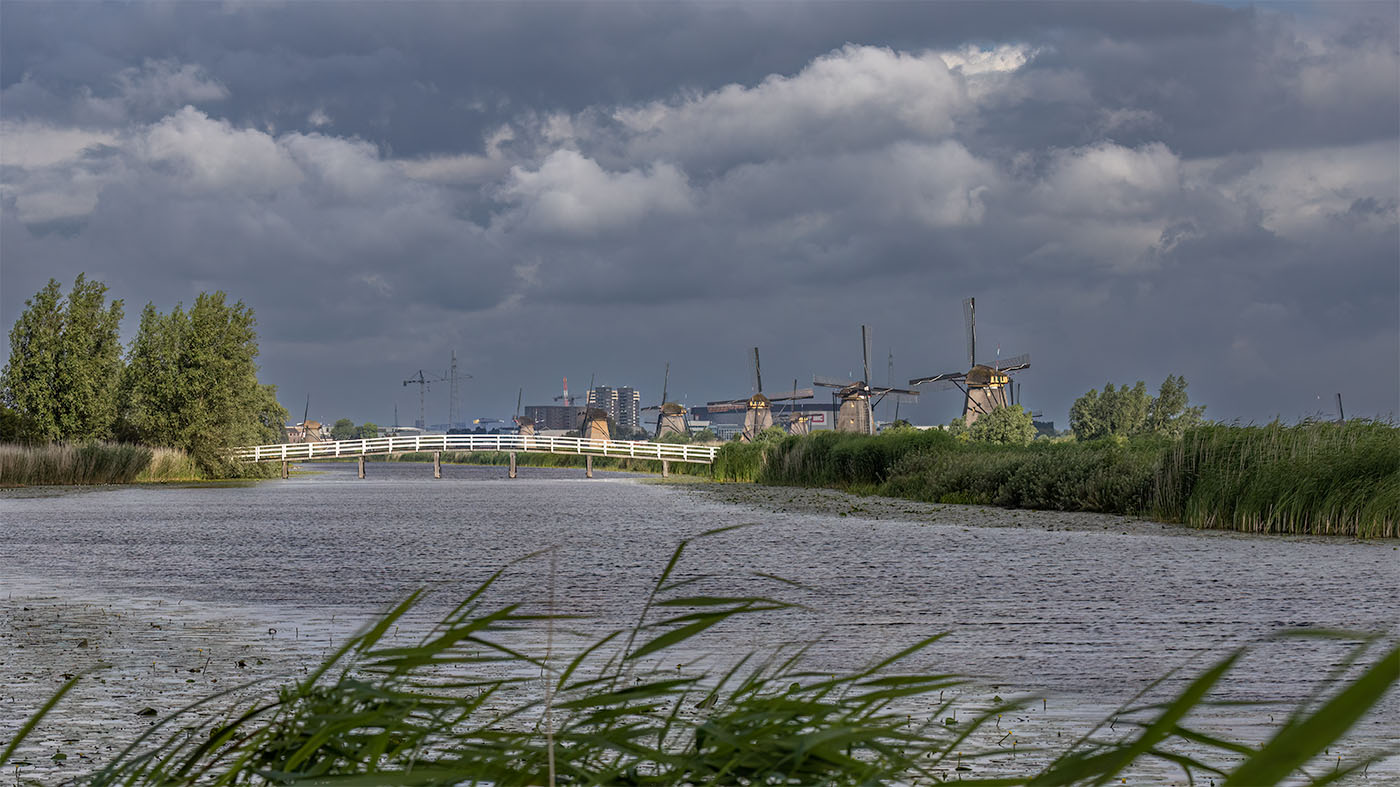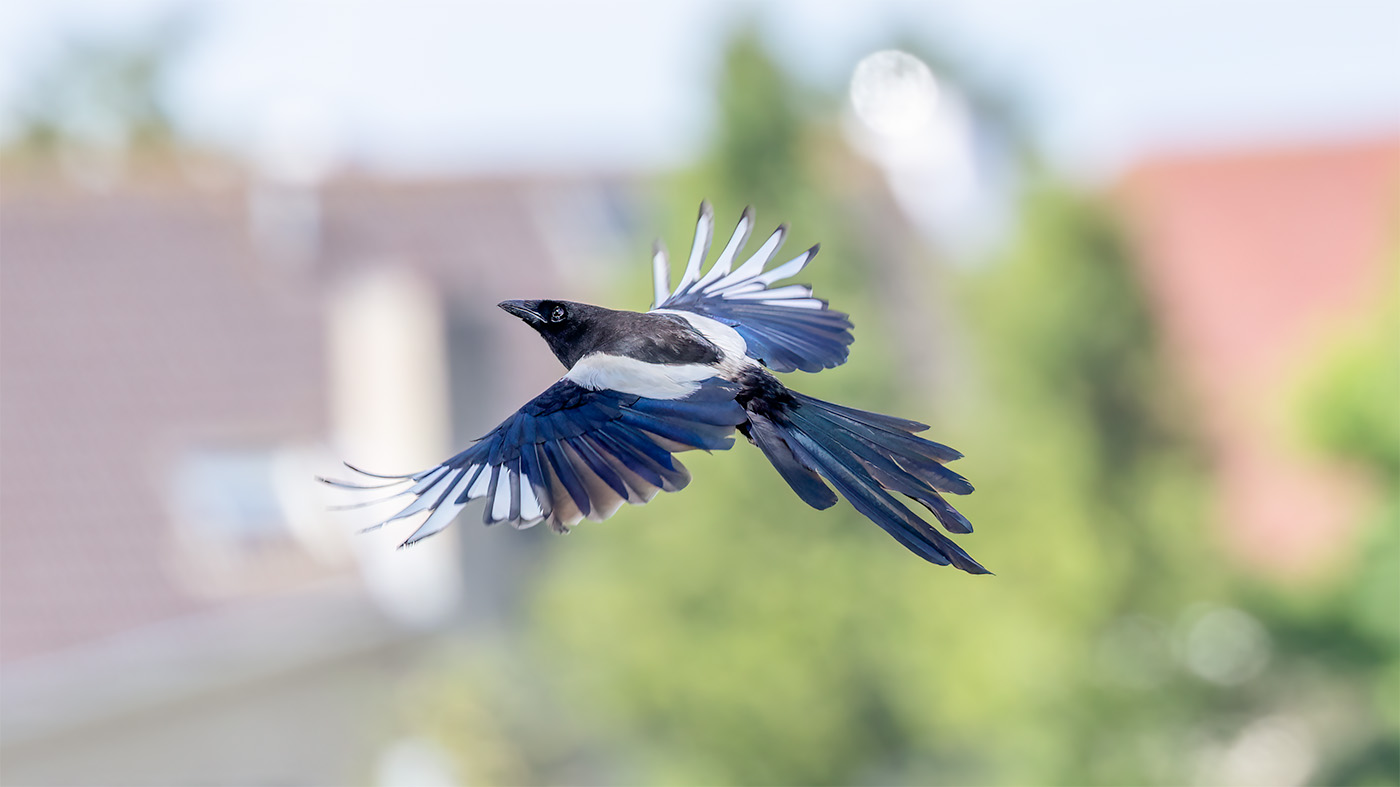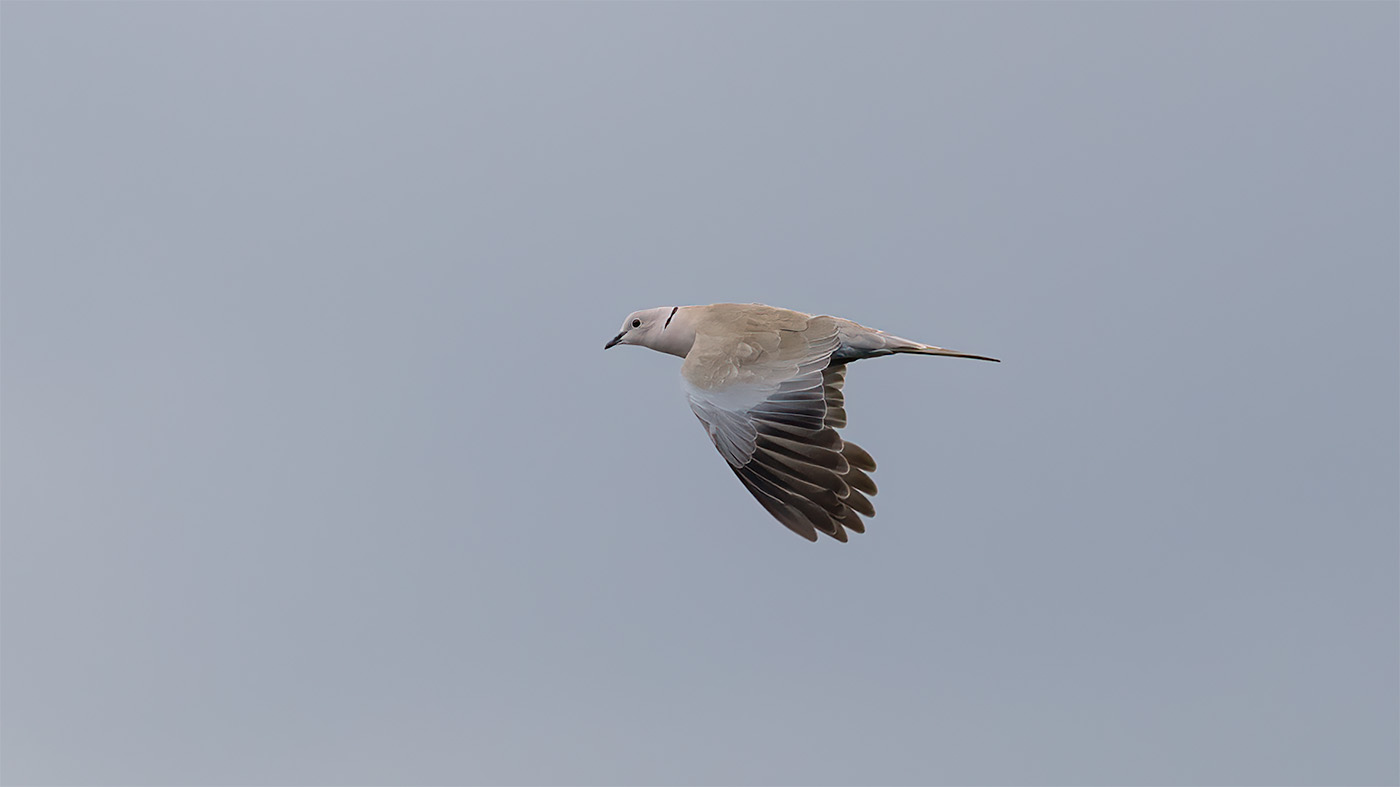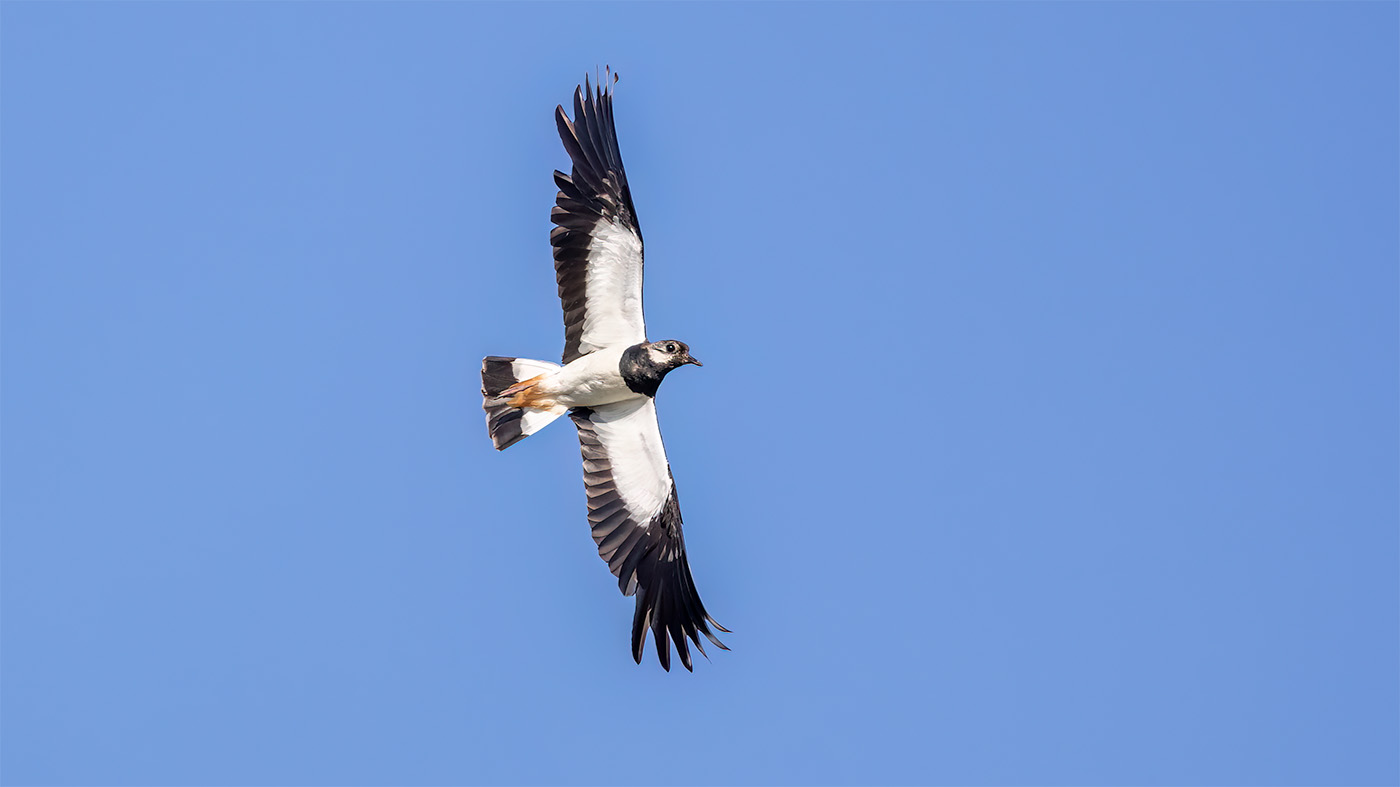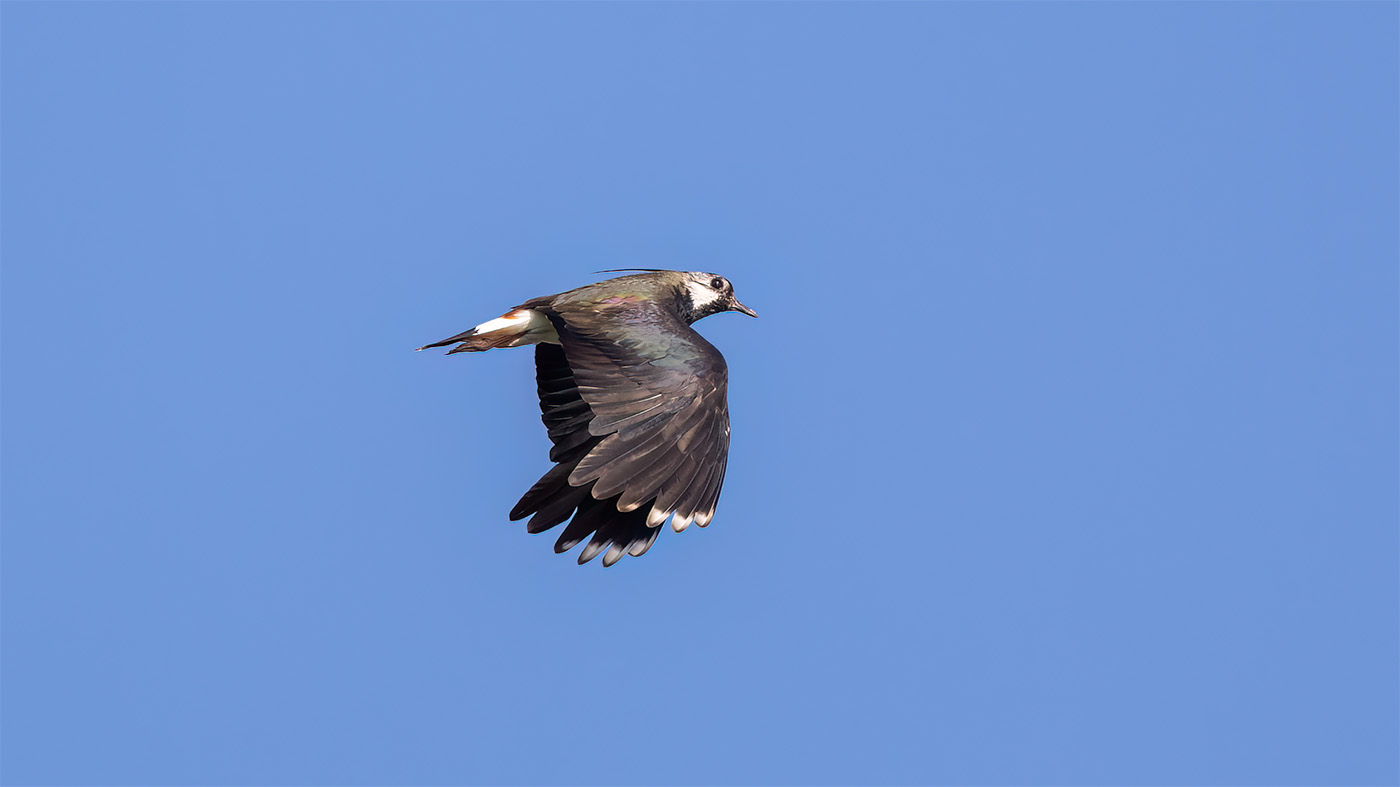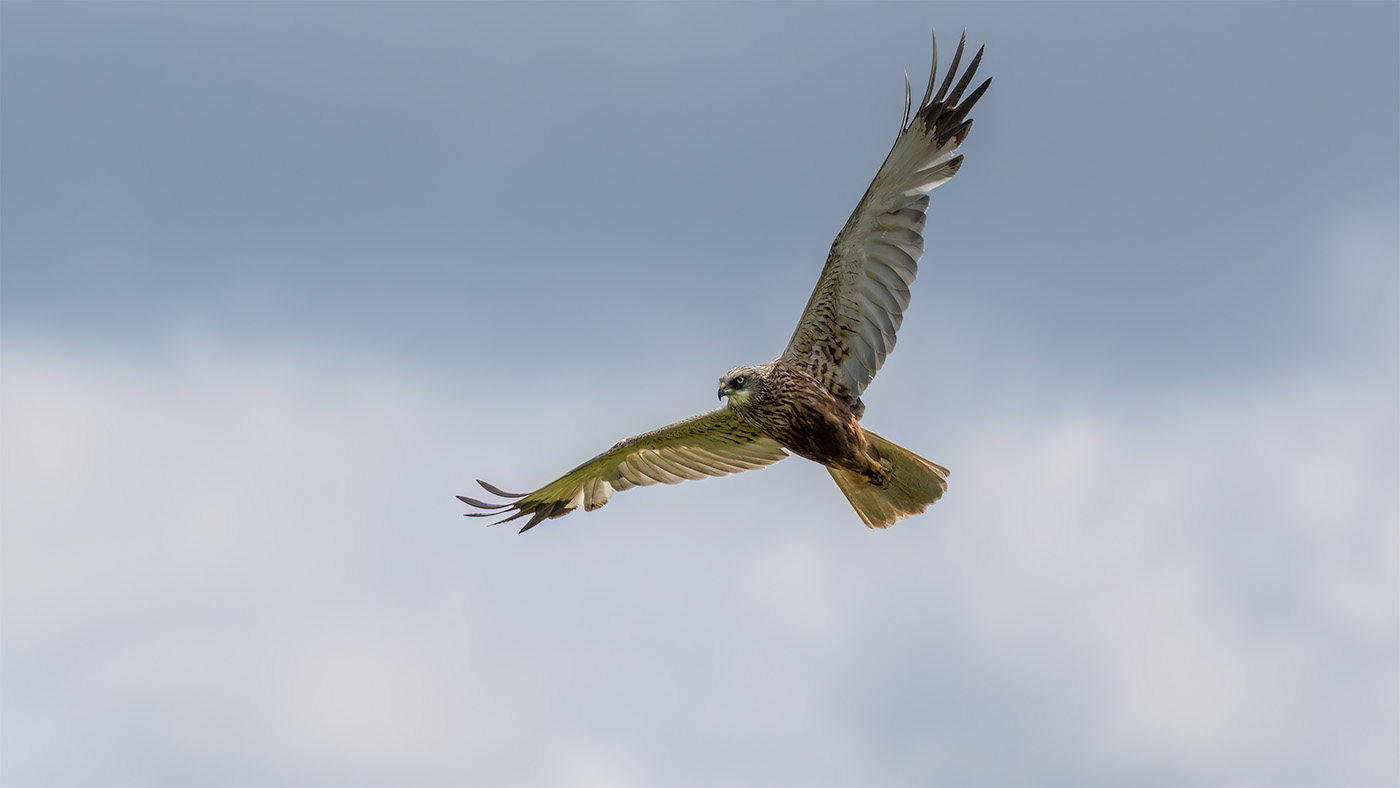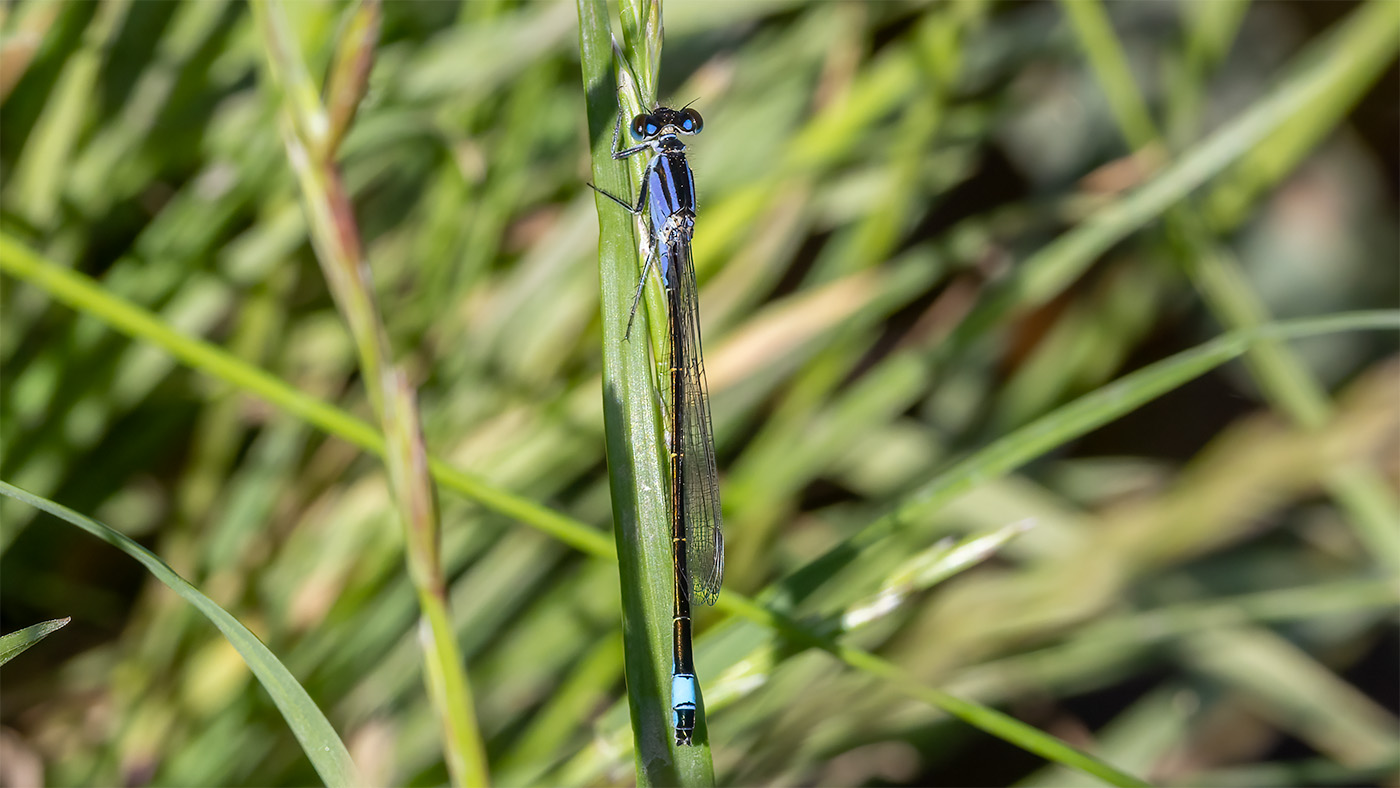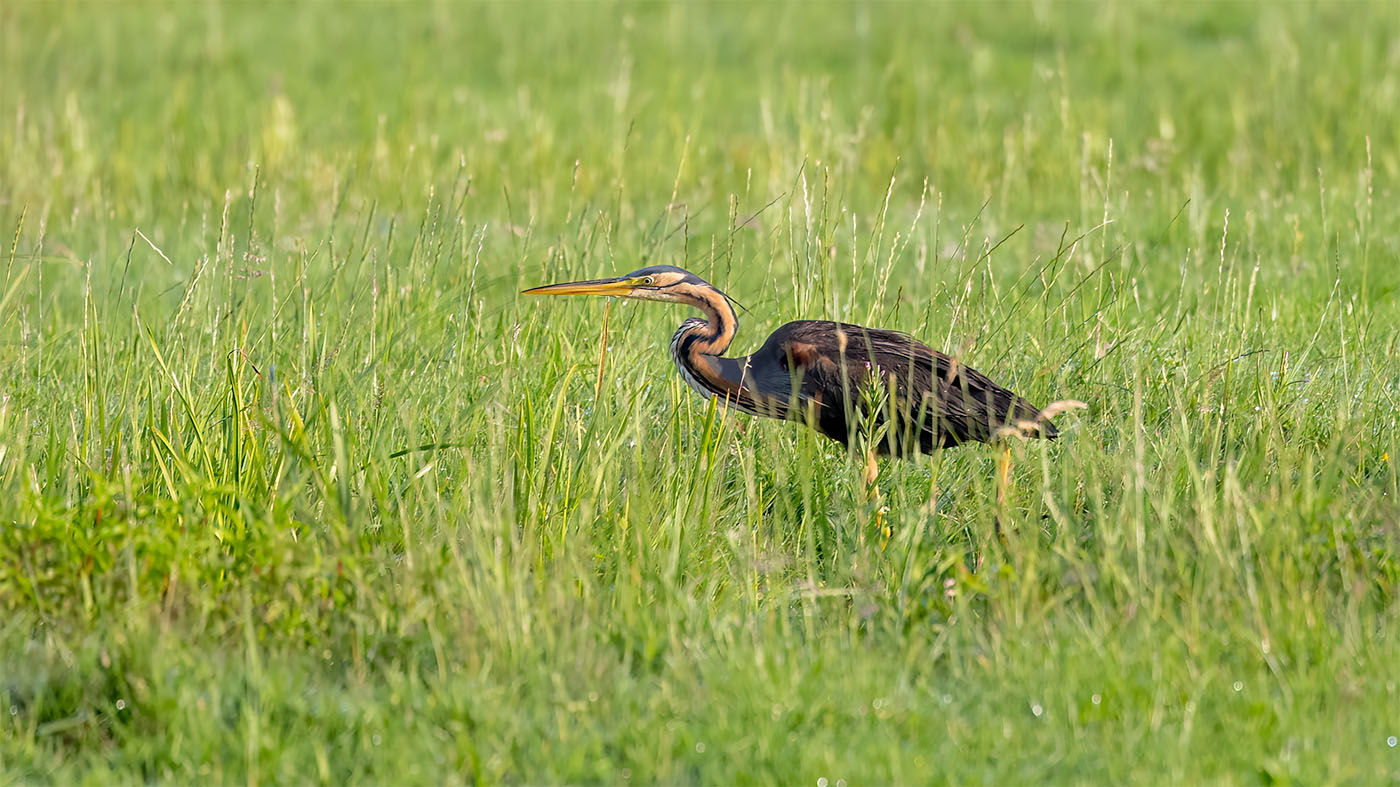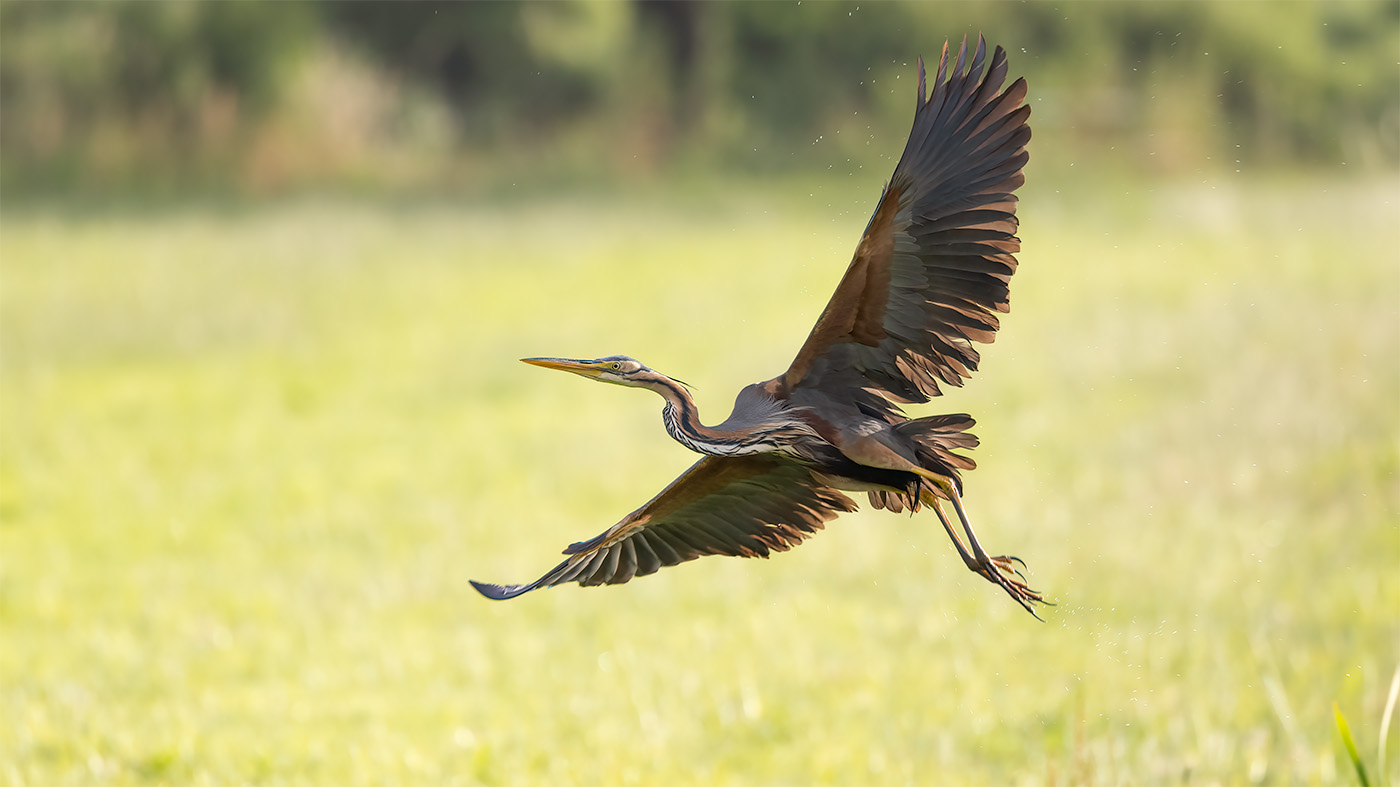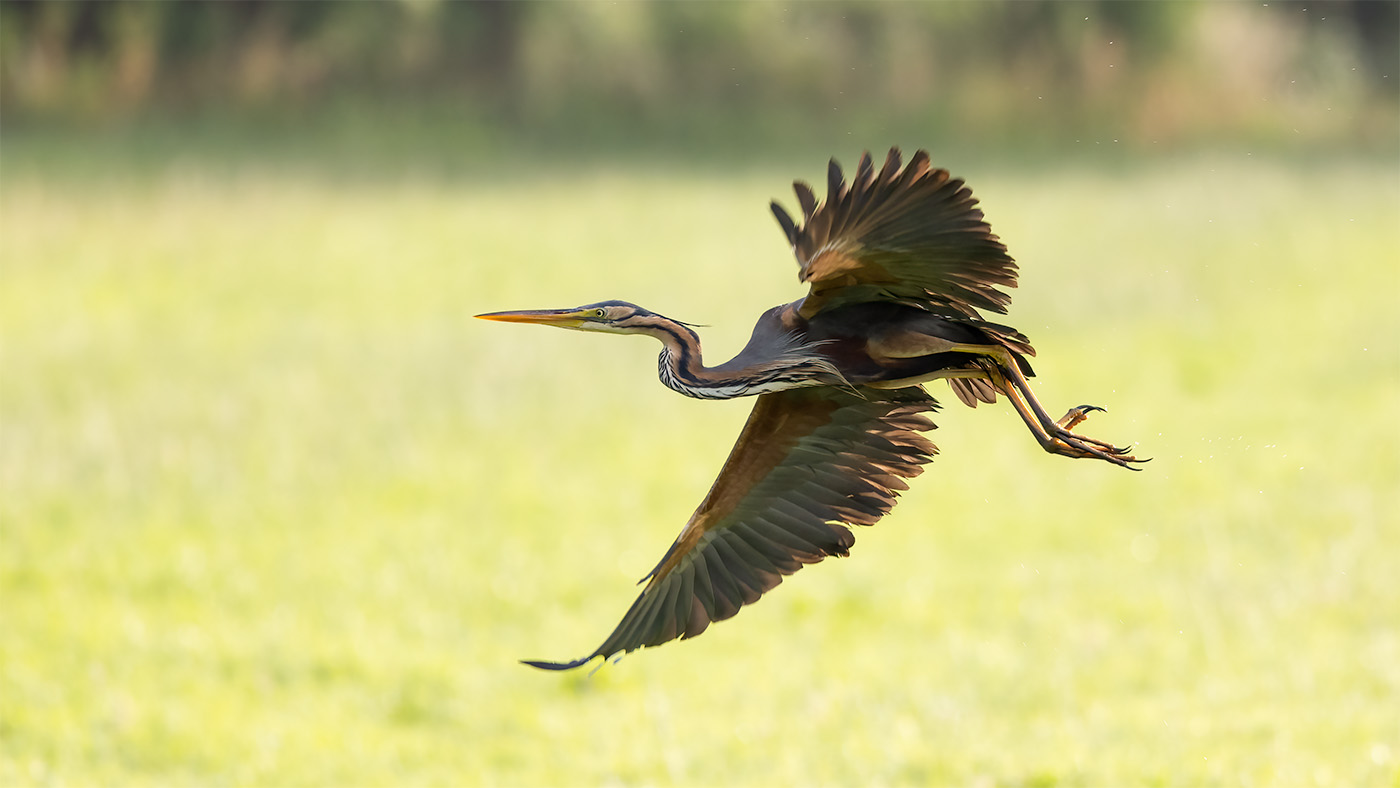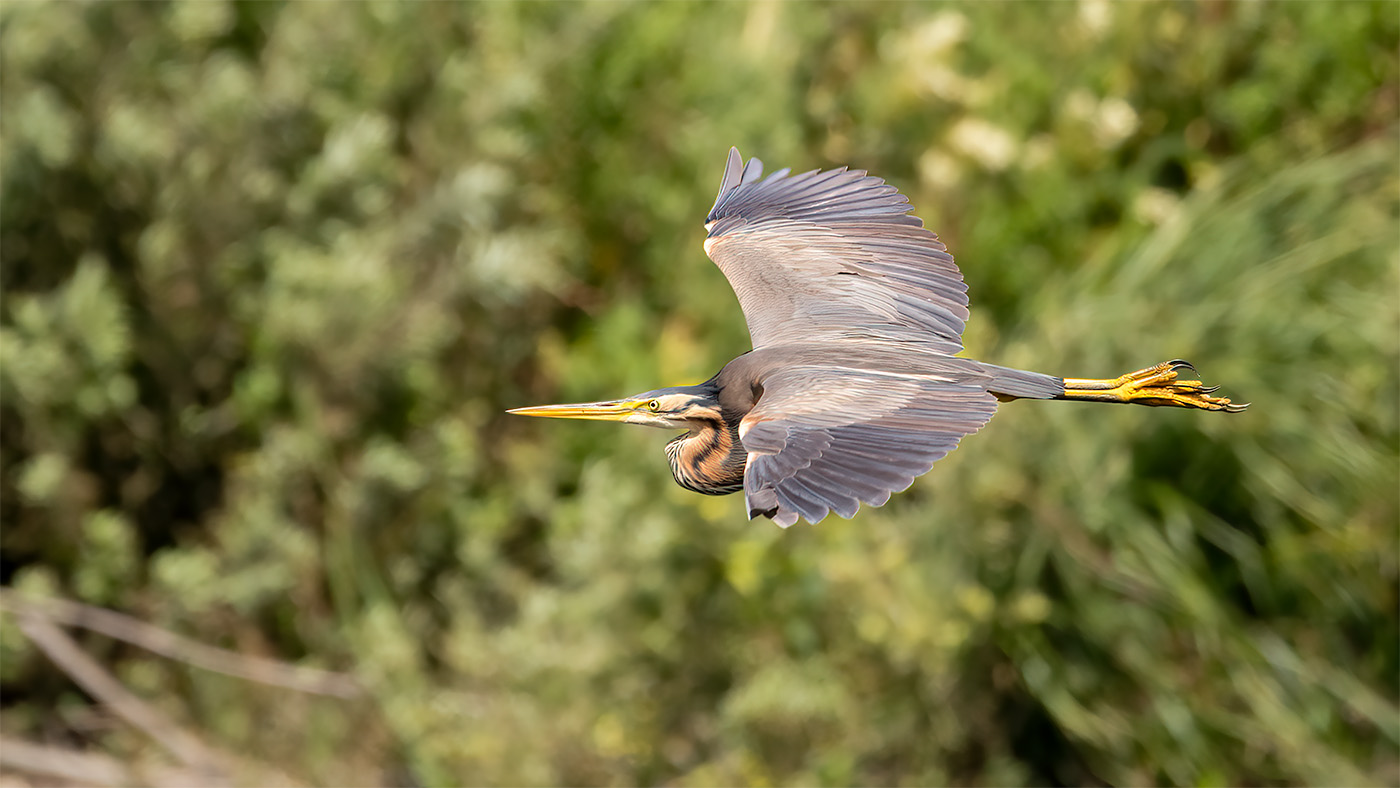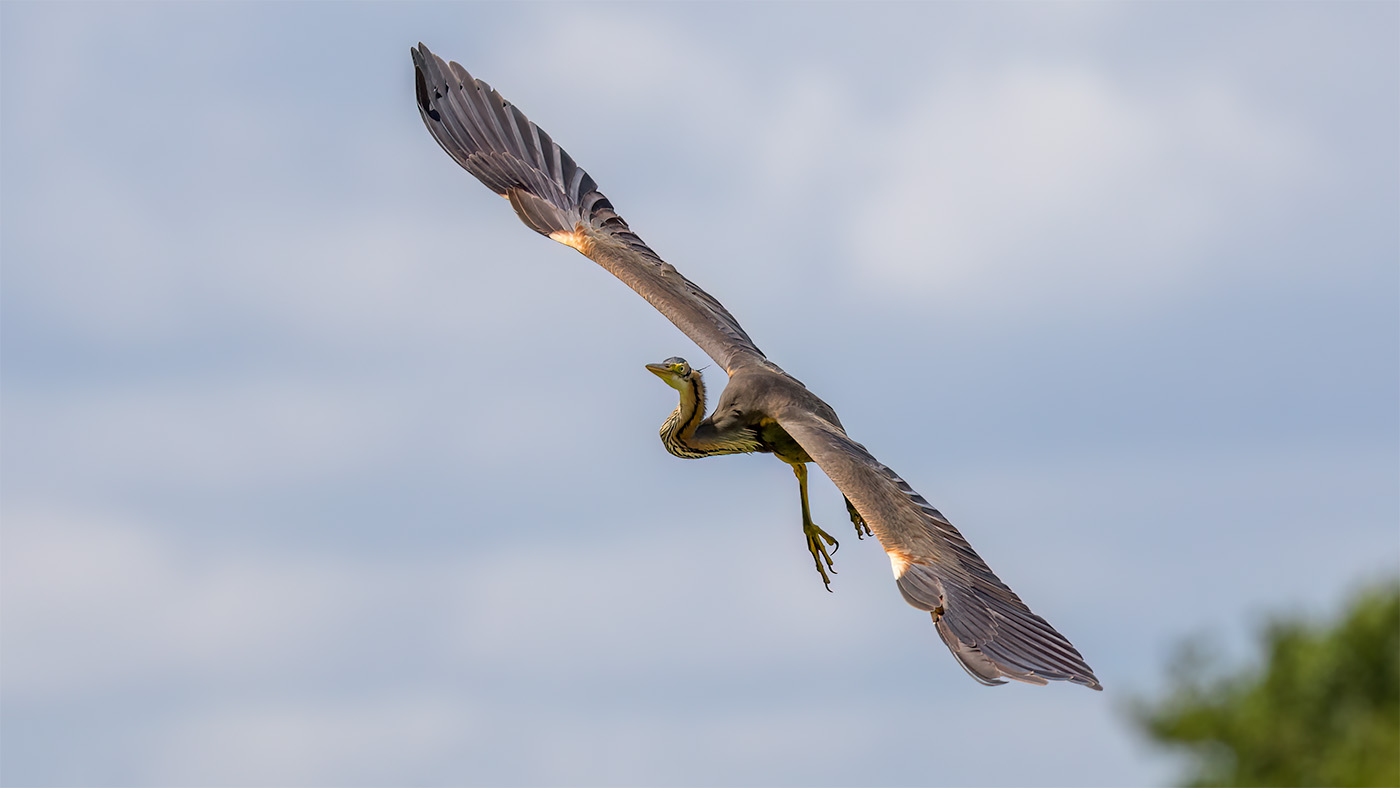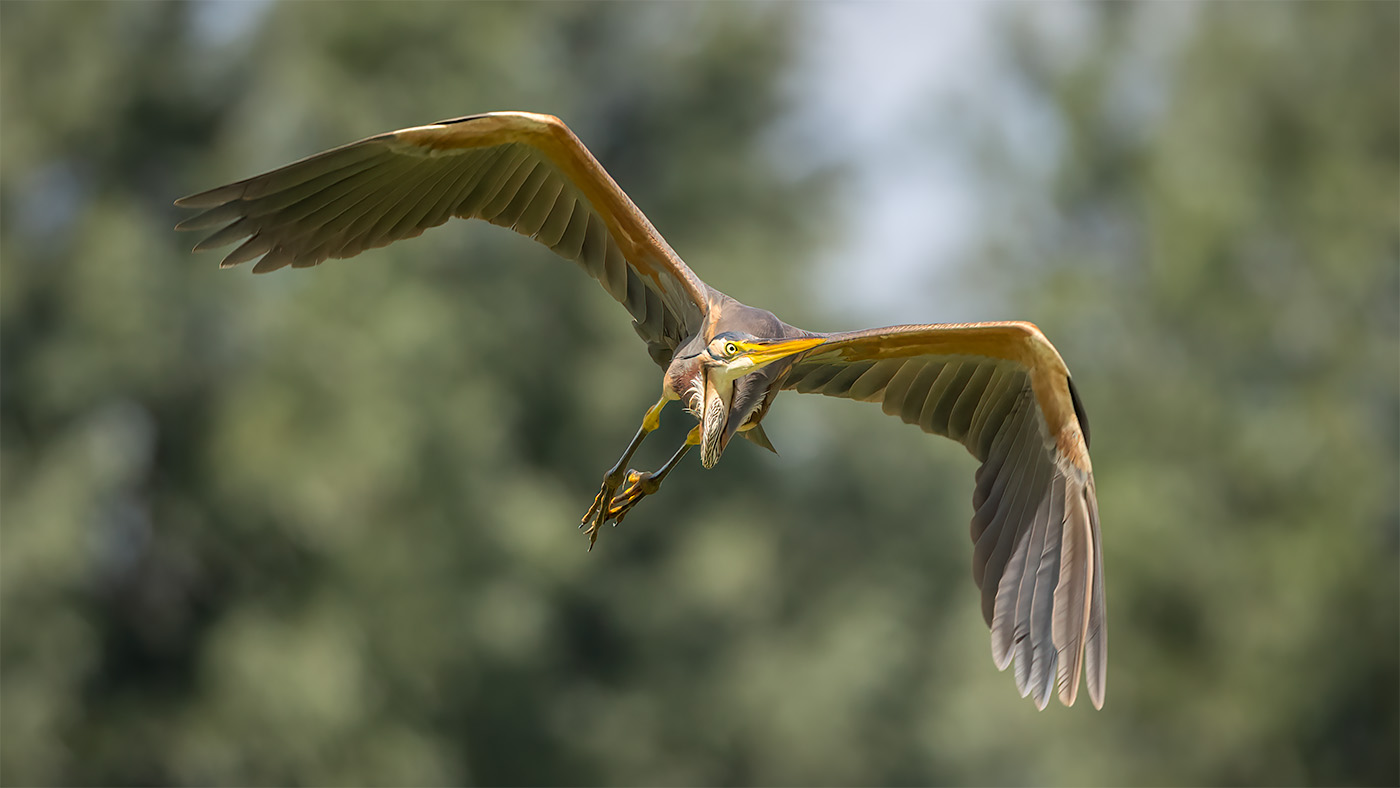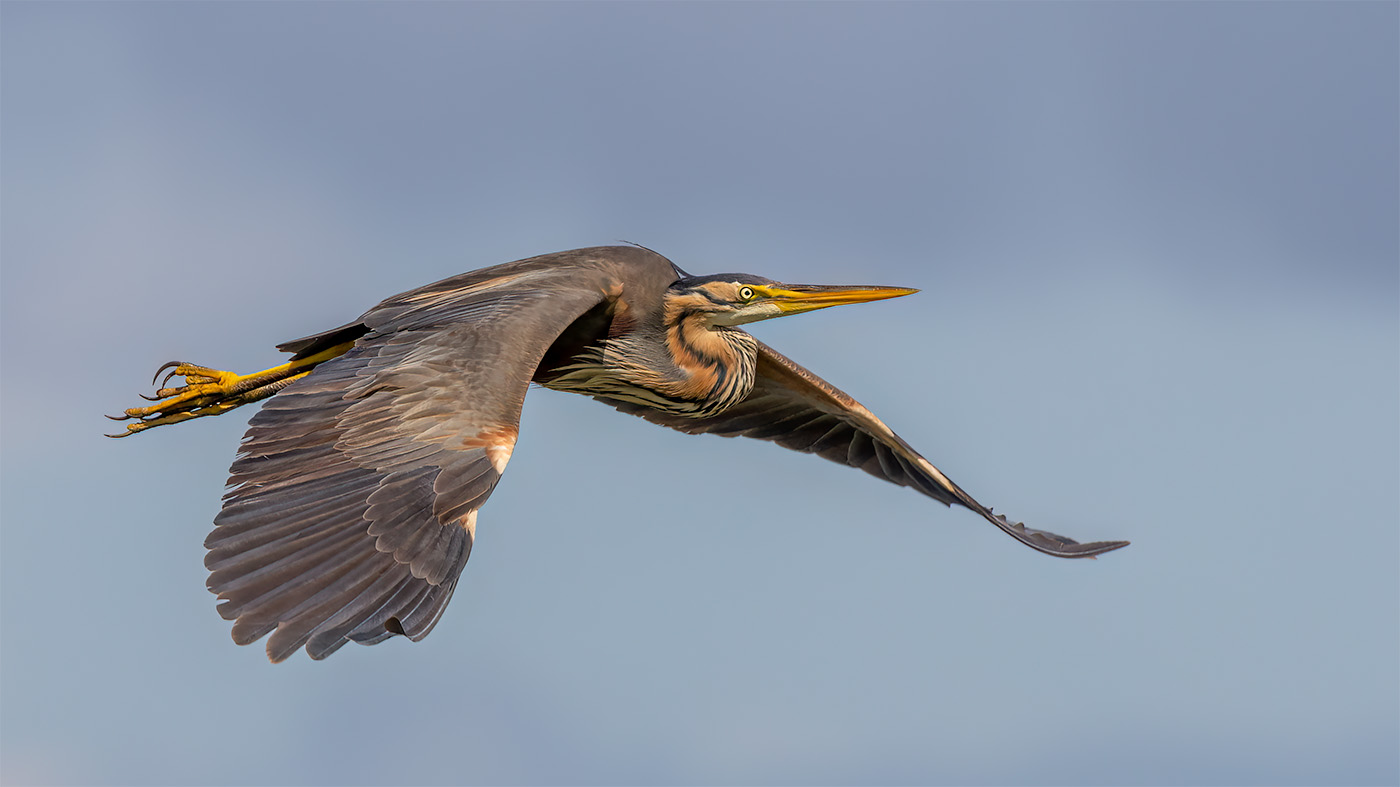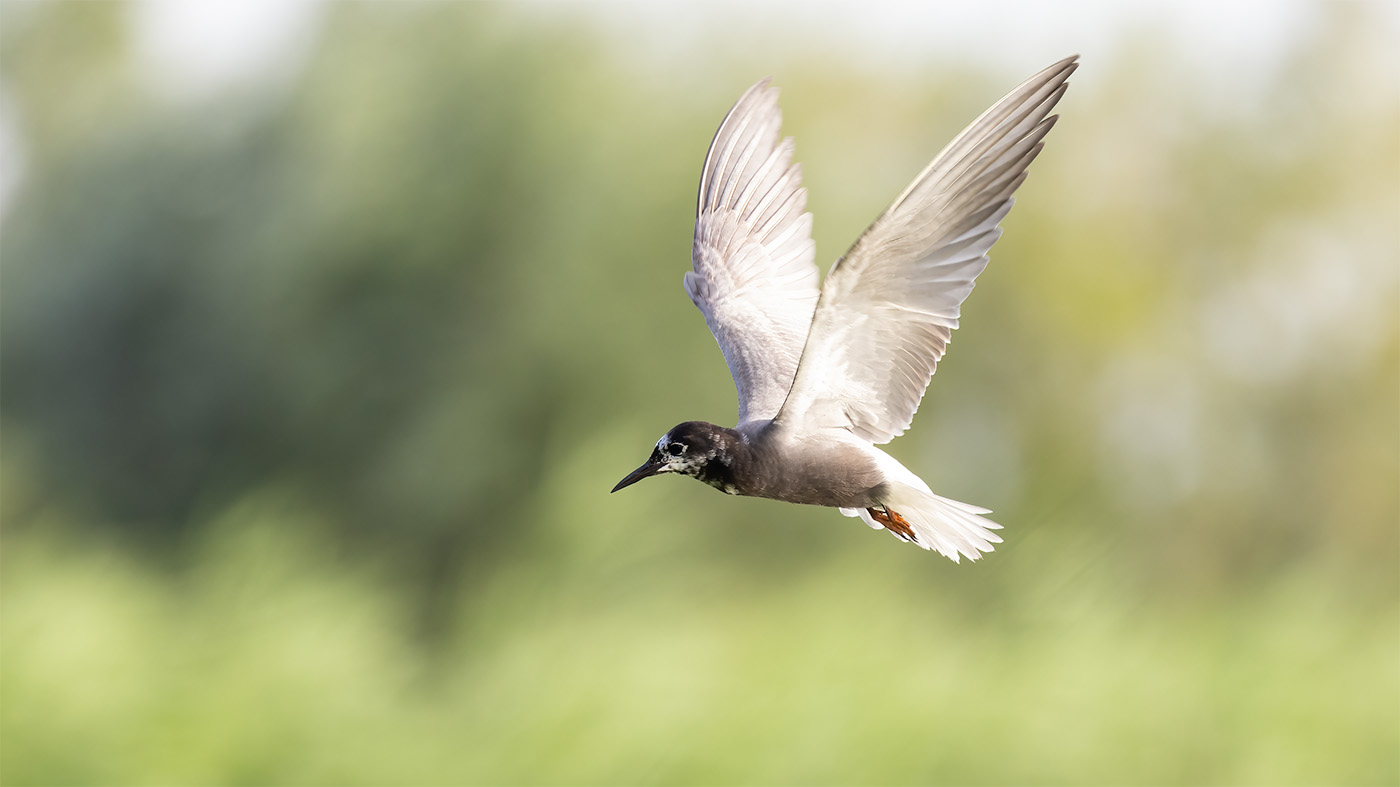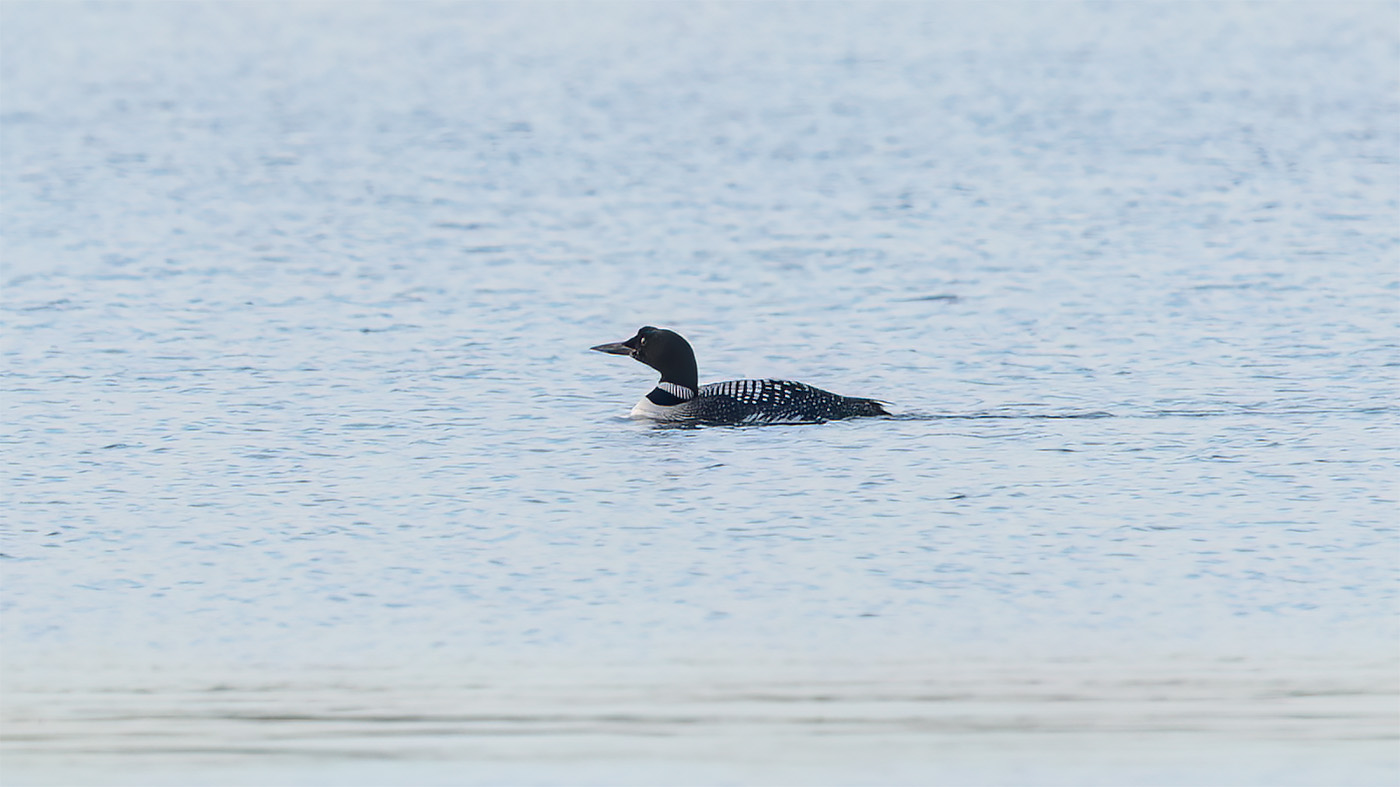Daily blog 2022
16-07-2022 - Gull-billed Terns in Oude Pekela
Every year the Gull-billed Terns take a break in their journey to Africa near Oude Pekela. They then rest on a sand excavation together with the newborn chicks. The birds come from Germany where a small population still breeds in the mouth of the Elbe. They usually stay here for a few weeks before moving on to Africa. The chicks are still fed by their parents during migration.
We visit the Gull-billed Terns every year for our annual list. This year they were on another quarry near Oude Pekela. This is close to the old location where a few birds also reside. It took a while to find the the best spot to see the birds. Once this was successful, we found at least 30 birds and could clearly distinguish 4 young.
The Gull-billed Tern flew continuously towards a grain field that lay behind us. Here they mainly caught Green Bush Crickets which were fed to the young. Thanks to the beautiful light conditions, nice pictures were taken. The Gull-billed Tern is number 310 for the year list.
09-07-2022 - Butterflies on the Sint-Pietersberg
It is very quiet in the Netherlands in terms of birdlife and Maartje wanted to see the Marbled Fritillary that was still missing on her butterfly list. Alwin also missed this one and he also missed a Marbled White. Both butterflies were on the Sint-Pietersberg and so it was agreed to spend a day on the hill. I'm not such a butterfly twitcher but I really like photographing these critters.
At 8 o'clock in the morning Alwin picked us up in Uden. It was still a bit cloudy but that would go away. For butterflies you need a lot of sun. Right on time we arrived at the Sint-Pietersberg and there weren't many people looking for butterflies yet. The first target type was the Marbled White.
We started looking and suddenly heard a Frisian sound; "hjir is hy". We looked back and saw the familiar faces of Andries Zijlstra, Hetty Sinnema, Marcel Stienstra, Alwin van Lubeck and Rik Wever. They had found the Marbled White. The butterfly was easy to see and nice to photograph.
The first target species was in. We continued our search and quickly spotted several species of butterflies. A Dingy Skipper was found by Alwin, a rare butterfly. It was swarming with Common Blues which are more common. I kept me busy with photographing a Banded Demoiselle and a Black-tailed Skimmer. Maartje kept watch at the many butterfly bushes. She pointed me to a number of Comma Butterflies that could be photographed. 2 Great Tits had also found the butterflies and feasted on them.
We suddenly heard someone yell "Marbled Fritillary" and walked in the direction of the sound. At a large butterfly bush, we did indeed see a Fritillary butterfly that eventually turned out to be an Silver-washed Fritillary. That is of course not wrong. The Silver-washed Fritillary was gratefully photographed. Alwin found not much later a rare Mazarine Blue.
A White-letter Hairstreak was found and photographed. I heard that a Wall Brown had been seen further up and I hadn't photographed this one yet. The butterfly was quickly found and I even found 2 mating Wall Browns. Couple of Holly Blues were also seen here. Alwin and Maartje suddenly saw a Marbled Fritillary. They called me but the beast had already disappeared. Because Alwin and Maartje were not 100% sure, this was not noted. A Clouded Yellow posed nicely for the camera. We also found the rare Southern Skimmer here.
We decided to look higher up and chose the hiking trail that led to a plateau on the Sint-Pietersberg. En route we saw 2 Map Butterflies. On the plateau, Arend Vermaat drew our attention to a Mallow Skipper another target species. We searched further and found a female and male Southern Skimmer.
We went back to the car and on the way we saw many Wood Whites. Suddenly I saw a Marbled Fritillary. This time it was undoubtedly a Marbled Fritillary. He was fun to watch and photograph. Maartje was happy with her new butterfly species. On the same piece we also found a Short-tailed Blue.
On the way down we found a Dingy Skipper and a Brimstone. A little butterfly turned out to be a to be a Latticed Heath, a moth. A Brown Argus was nicely photographed and this also applies to a Speckled Wood.
It turned out to be a very successful day with no less than 27 butterfly species! Many new to me. I was very happy with the pictures taken. The combination of the Canon R3 with the 100-500 lens works fine for this type of photography. Once back in Uden, the BBQ was lit and we enjoyed an ice cold beer. Butterflies and dragonflies are actually quiet nice.
An overview of the observed butterflies
- Marbled White
- Mazarine Blue
- Silver-washed Fritillary
- Small Skipper
- White-letter Hairstreak
- Wall Brown
- Peacock
- Swallowtail
- Red Admiral
- Wood White
- Clouded Yellow
- Painted Lady
- Map Butterfly
- Mallow Skipper
- Marbled Fritillary
- Brimstone
- Dingy Skipper
- Brown Argus
- Common Blue
- Ringlet
- Speckled Wood
- Meadow Brown
- Green-veined White
- Short-tailed Blue
- Holly Blue
- Small White
- Small Tortoiseshell
01-07-2022 - Dip monthly list
The start of another new month. Last week the list was drawn up for possible month species in July. The Western Swamphen and Italian Sparrow were the only possible species. A Green-winged Teal in the Biesbosch also counts for the list but we had already tried this bird twice without success. We're going to keep an eye out for him the coming month. We start the first of July at the Western Swamphen in Alblasserdam.
At 6 o'clock in the morning we drive to Alblasserdam for the Western Swamphen. Arie Dorsman went looking for the Green-winged Teal and should it be found we were not far away. Around half past seven we were at the place where we saw the Western Swamphen in previous months. The wind was blowing hard and it was quite cold. So cold, in fact, that I walked back to the car to get my coat. Along the way I discovered a Purple Heron that was nice to watch and photograph.
Maartje kept posting and when I returned there was still no sign of the bird. The long wait began. In the meantime I had a good time with Purple Herons and other birds flying by. Around half past nine, Henk Schut reported himself. His search for the Italian Sparrow was unsuccessful. A conversation with the original discoverer revealed that the Sparrow has not been seen for more than 2 weeks. We decided not to go there today.
Meanwhile we received a message from Arie, the Green-winged Teal was also untraceable. So all arrows were up the Western Swamphen. Bert de Jong joined us but drove to Westenschouwen at 10 o'clock for the there present Blyth's Reed Warbler. We kept posting.
After 1 o'clock Bert de Jong came back and Arie also joined us. It didn't matter to the Western Swamphen and he remained untraceable. At 2am we gave up and decided to try it another time. This is the first time this year that we not have a new month type(s) on the first of the month.
While we are having dinner in the evening, Alain Hofmans finds a Common Loon on the Kraaijenbergse Plassen. The Common Loon sits completely in summer plumage and still counts for the year list (we already have it for the month list). Right after dinner we drive to the Kraaijenbergse Plassen where we see the Common Loon almost immediately. Although he is quite far away I manage to take a few pictures. With the Common Loon, the annual list has grown to 308 species.


